Turquoise coves, golden sunsets, and palm-fringed mountains — welcome to Spain’s dreamy Balearic Islands. These Mediterranean islands are a go-to summer escape (and for good reason): one moment you’re floating in clear water, the next you’re wandering colorful fishing towns or hiking coastal trails with epic views. We’ve explored the islands ourselves, soaking up the quiet hideaways and local charm. In this guide, we’ll share how many islands there are, what makes each one unique, and which island we’d actually pick as the best.
What & Where are the Balearic Islands?
Just off the eastern shores of Spain lies an archipelago known as the Balearic Islands. These consist of four main islands — Mallorca, Menorca, Ibiza, and Formentera — and the lesser-known Cabrera. Together, they form their own province, with Palma de Mallorca as its capital and largest city.
In between and around a few minor islands lay dotted, including Dragonera and S’Espalmador, which are beautiful, peaceful havens only reached by boat. The Balearics are the second largest and most populated archipelago in Spain, right after the Canary Islands, and each one has unique reasons that make it a must-see.
Wander through the cozy streets of fishing villages like Fornells in Menorca, tan on the pristine beaches of Formentera, or hike the incredible mountains of Sierra da Tramuntana in Mallorca. And, if you’re looking for a party, you know Ibiza is the place to be (although in our guide, we wrote much more to discover on the island!).
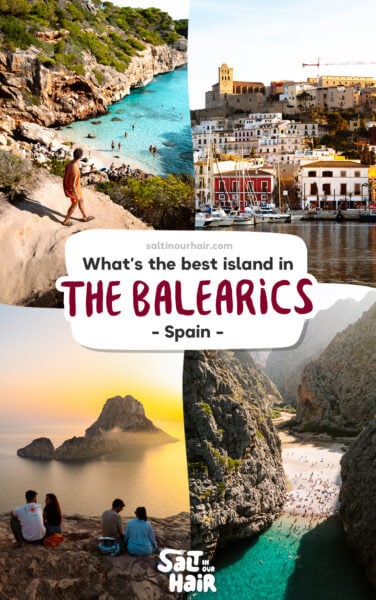
Did you know? Besides Spanish, the official language of the Balearic Islands is Catalan.
Mallorca – The Best Balearic Island for Variety
Mallorca is the largest island in Spain, famed for its dramatic landscapes, incredible beaches, and unreal architecture. No wonder it attracts a myriad of famous actors, artists, and many a tourist — all hoping to be inspired by its unique surroundings.
Must-read: 7-day Mallorca Itinerary
This island is perfect for those looking for a bit of everything: beautiful architecture, incredible nature, beaches, lively towns, and fun summer activities. It’s our personal favorite out of all the Balearic Islands and is easy to explore because of its good infrastructure (apart from some small villages during the high season 😉).
Some of our favorite things to do in Mallorca are:
- Palma — the capital city of the island.
- Visit the many markets and traditional villages like Santanyi!
- Take a dip in the shallow turquoise waters at Cala Llombards + Cala Figuera.
- The breathtaking Drach Caves: one of Mallorca’s most famous sites.
- Book an incredible farm-to-table lunch at Terragust.
- Discover the adjoining beaches of Cala del Moro and Cala s’Almonia, two secluded coves connected by a small walking path.
- Mondrago Natural Park: This beautiful natural park feels a world away from the hustle and bustle of the rest of the island.
- We joined a fantastic Llaut boat tour
- No Mallorca itinerary is complete without exploring the magical mountain towns of Valldemossa and Deia.
- Go adventuring by walking through a cliff tunnel towards the remote and wild beach of Sa Calobra.
Where to Stay
There are so many incredible accommodation options across Mallorca, from luxury hotels on the slopes of the mountains to boho beach resorts. Because of this, we recommend switching hotels halfway through your itinerary, reducing the driving distances. For example, we stayed around Palma first, followed by Soller.
Some of our favorite stays in each destination are:
- Valldemossa: Ca’s Papà, Bordoy Continental, Son Niu Vell-La Hermossa
- Soller: Ca’l Bisbe, Ecocirer Stay, Casa Bougainvillea, Hotel El Guía
- Puerto de Soller: Hotel Esplendido, Camp de sa Mar, Hotel Marina
- Deia: Es Moli, Hotel y Apartamentos Des Puig, Hostal Miramar
- Palma: Palau Sa Font, Dog Admiral – Urban Guest House, Hotel Saratoga
- Pollença: L’Host Boutique Rooms, Can Aulí Luxury Retreat, Juma Historic Hotel
- Cala Figuera: Hotel Nou Can Guillem, Hotel Santanyi Port, Apartamentos Casa María
Ibiza – More Than Just Nightlife
The party island of Spain is famous for its international DJs, legendary nightclubs, bright lights, and loud music. However, dig a little deeper, and you’ll find some amazing secluded spots, home to Bohemian communities, garden restaurants, and natural parks.
In fact, the island has even been declared a UNESCO site for its rich biodiversity and cultural attractions, like the archaeological site of Sa Caleta and the historic town of Eivissa.
We loved starting our mornings in Ibiza with a quiet coffee in town, watching the streets slowly wake up before diving into the busy markets. By lunchtime, we’d be tucked away in a garden restaurant, eating delicious farm-to-table dishes under the trees. The contrast was wild — calm mornings that felt almost small-village, and then nights where the whole island lit up with music and energy.
Our favorite moment? Visiting the Es Vedra Viewpoint at sunset — it honestly felt magical watching the sun sink behind the rock while the island geared up for another big night. 😉
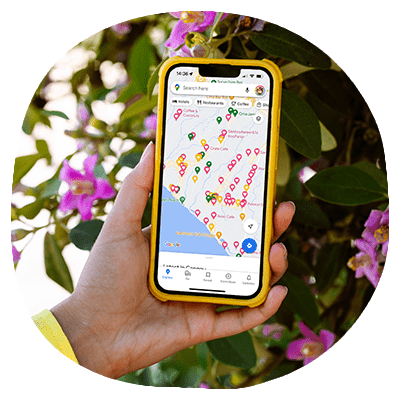
Must-dos:
- Discover the cobbled streets and whitewashed houses of Ibiza Town (Eivissa).
- Watch the sun sink into the sea behind the legendary rock of Es Vedra.
- Enjoy the farm-to-table-style plates in beautiful surroundings by having lunch at a garden restaurant.
- Discover the island with a Jeep Safari Tour.
- Go looking for Atlantis — one of the most incredible hikes in Ibiza.
- Looking for a party? Dance the night away at some of the biggest clubs in the world, like Ushuaïa or Pacha.
- Beach hop around the Spanish island; there’s a beach for everyone here. Our favorites are Cala Saladeta (scenic) and Cala Comte (great for relaxing).
- Go shopping at the fantastic markets around the island, like Mercadillo Saint Jordi or Las Dalias Market in Sant Joan de Labritja.
- Stop in one of the quintessential Ibiza villages, like Santa Gertrudis de Fruitera.
Read more: the best things to do in Ibiza, Spain
Where to Stay
Where you stay in Ibiza depends on the vibe you’re looking for. For a good mix of city and beach choose Ibiza Town, where you’ll find boutique hotels, guesthouses, and luxury hotels.
On the other hand, if you’re looking for total tranquility and relaxation, choose one of the coastal areas like Santa Eulària des Riu or an authentic Ibizan village like Santa Gertrudis.
We stayed at the Play Hotel, which was in a nice area close to a bustling boulevard with many restaurants, bars, and a large beach. It’s also only a 15-minute walk to Ibiza Old Town.
Formentera – White Sand Beaches & Laidback Vibes
Stepping off the ferry onto Formentera honestly felt like landing in the Caribbean, just with Spanish tapas. The water was so clear we could see the sand rippling underneath, and the beaches had that floury-white softness that makes you kick your shoes off instantly. Not only is the coast beautiful, but there are also salt marshes, cute villages, and laidback beach bars to discover.
Formentera is more low-lying than Ibiza, with flat(ish) landscapes covered in fig trees, country houses, pine forests, and vineyards, spilling down to the shores of otherworldly beaches. Explore the famed Platja de Ses Illetes, a preserved natural park leading towards a wide-open peninsula, and afterward relax on beaches filled with pretty shells and driftwood.
Some other things to do in Formentera:
- The pretty town of La Savina (the first place you’ll probably see).
- Explore the colorful Salt Flats that stretch on as far as the eye can see.
- Go beach-hopping!
- Visit the capital of the island, San Francisco, which sits at the very center of the island. This is a great place to go shopping, pop into a bar, or stroll the markets.
How to Get to Formentera
Getting to Formentera is relatively easy and convenient. The only way to get there is by ferry, either from the mainland ports of Dénia and Barcelona or from Ibiza. During the high season, boats leave every 15-30 minutes to La Savina on Formentera from Ibiza (30-minute journey).
While you can buy tickets on the day, note that these are subject to availability. Because of this, we booked our tickets with Trasmapi Ferries online, which saves us time at the port. Note: Prices are seasonal, but a return ticket costs between 29 and 50 EUR.
Alternatively, book a day tour from Ibiza to Formentera. Tours usually include your return trip on a shared boat, food and drinks, and activities like paddleboarding and snorkeling.
Where to Stay
Formentera is a tiny island; it only takes about 30 minutes to drive from one side to the other. This means you can stay in any beach town and be close to everything you can do. Some great areas are La Savina and Es Pujols.
Menorca – Quiet Escapes & Nature Spots
From rugged coves and lush, protected areas to bustling harbor towns and pristine sandy beaches, the Spanish island Menorca seems to have it all. Out of all the Balearic Islands, Menorca is focused on relaxation and its nature, making it a great holiday destination if you’re looking for a bit more peace and quiet.
A few of the must-dos in Menorca are:
- Ciutadella de Menorca — the island’s previous capital city filled to the brim with historical charm.
- Climb up El Toro, the highest point on the island with panoramic views all across.
- Visit Fornells, a charming, picturesque fishing village with a lovely natural harbor.
- Soak up the scene and incredible wines at Bodegas Binifadet, a family vineyard and restaurant are 100% worth checking out for an afternoon.
- The whitewashed alleys of the town Binibeca.
- Go explore the wide mix of different beaches, all lined with crystal-clear water. Our personal favorites were Cavalleria Beach and Cala Macarella.
- Eat, eat, eat — discover the diverse Menorcan cuisine.
Where to Stay
With plenty of beautiful corners, there’s no wrong option when it comes to picking a hotel in Menorca. We stayed in a holiday villa near Cala Blanca and really loved it! It was close to Ciutadella de Menorca and had many incredible bays and delicious restaurants around it.
The Best Balearic Island (Our favorite)
Mallorca is hands down our favorite Balearic Island, with a perfect mix of diverse landscapes and activities for all types of travelers. From the rugged mountains of the Serra de Tramuntana to the stunning beaches and charming villages, there’s always something to explore.
How to Visit the Balearic Islands
By Plane
As they lie close to mainland Europe, it’s easy to get to the Balearic Islands. There are numerous flight options from major destinations in Europe and Spain to the islands of Mallorca, Menorca, and Ibiza. The others are only accessible by boat.
By Boat
Major ferry carriers like Ferry Balearia offer various overnight routes connecting mainland cities like Barcelona, Valencia, and Dénia to the four main Balearic islands, many of which operate daily.
- Mainland to Mallorca: 6-8 hours
- Dénia to Ibiza: 2 hours
- Barcelona to Menorca: 4-8 hours
- Dénia to Formentera: 2 hours
If you want to island-hop instead, you’ll also find plenty of daily options that run between the four main isles. For example, Formentera can be reached from Ibiza via the Ferry Balearia and Trasmapi lines.
Getting Around
Once you’ve arrived on one of the Balearic Islands, the best way to get around is with your own transportation. Depending on the time of year you visit, as well as your itinerary, this can be either a scooter or a car. Having your own set of wheels gives you the freedom to explore at your own pace and get to more off-the-beaten-path destinations.
We recommend to rent a car in Spain through Sunny Cars with free cancellation and insurance included. Book your rental car here.
In Mallorca, Ibiza, and Menorca, we recommend renting a car for the ultimate freedom on your itinerary. These islands are relatively large, and there’s lots to see, so this guarantees you will get to all those corners.
Alternatively, there’s also good public transportation. In Mallorca, for example, some buses and trains run across the island, connecting well-known villages with one another. And Ibiza even adds a disco bus that transports tourists around the island after midnight! Prices are very reasonable, with return tickets costing no more than 4 EUR.
Tip: If you plan to explore each island, first, rent a car on Mallorca and take in the scenic coastal routes. If you’re traveling in high season, we recommend renting a scooter on Ibiza and Menorca, and a bicycle on Formentera. You can read more about getting around each island in our individual destination guides.
How many days on the Balearic Islands?
We’ve never done it ourselves, but we often get the question of how many days we recommend for all the islands. Well, if you plan on island hopping, we’d recommend spending about 10-12 days.
- Ibiza: 2-3 days
- Formentera: 2 days
- Mallorca: 4-5 days
- Menorca: 2-3 days
Best Time to Visit
The Balearic Islands are a perfect year-round destination thanks to their Mediterranean climate. However, the best time to visit is during the spring and early fall, particularly May, June, and September. These months offer a nice balance of warm temperatures (between 15 and 30°C) and fewer crowds, great for outdoor activities like hiking or beach-hopping.
Tips for visiting the Balearic Islands
Visiting the Balearic Islands offers a beautiful mix of stunning beaches, rich culture, and vibrant local life. To make the most of your trip, here are a few practical tips:
- Expect to pay a tourist tax at your accommodation. Fees will vary and are often lower for extended stays.
- Unlike what’s often said, all of Spain’s beaches are public. However, even so, resorts can get pretty pricey for their amenities like sun beds and umbrellas. Expect to pay a separate fee per item.
- The sun can be quite strong, even in the cooler months. For that reason, always use reef-safe sunscreen, wear a hat, and stay hydrated, especially when hiking or exploring remote areas.
- While Spanish is widely spoken, Catalan (Mallorquí, Menorquí, etc.) is the local language. Many locals appreciate when visitors make an effort with a few phrases in Catalan, but English is commonly understood in tourist areas.
- Always respect the environment. The Balearic Islands are committed to sustainability and conservation, especially with the influx of tourists. Don’t litter, and respect local wildlife and protected areas like the Albufera Grau Natural Park.
- Many shops and businesses close during siesta, typically from 2 – 5 PM. It’s worth planning your shopping around this time.
- The Spanish islands are perfect for water-based activities like snorkeling, sailing, and paddleboarding. Some hotels offer discounts or packages for these, so make sure to check with yours!
Mallorca is our favorite because it’s a mix of mountains, beaches, charming villages, and nightlife. Ibiza is best for parties, Menorca for peace, and Formentera for insane beaches.
You can fly or take ferries. Mallorca, Ibiza, and Menorca have airports, while Formentera is only reached by boat (usually from Ibiza).
May, June, and September are ideal with warm weather and fewer crowds. July–August is hot but busy, while winter is quiet.
We recommend 10–12 days: Mallorca (4–5), Ibiza (2–3), Formentera (2), Menorca (2–3).
By purchasing through our links, you support us at no additional cost.
Thank you for your support. ♥️
- Find Hotels via Booking.com
- Find a Rental Car via Sunny Cars
- Find Flights to Balearic Islands via Skyscanner
- Get a Travel Insurance via Heymondo
- Book Tours & Attractions via GetYourGuide
- Book a Bus/Train/Transfer via 12Go

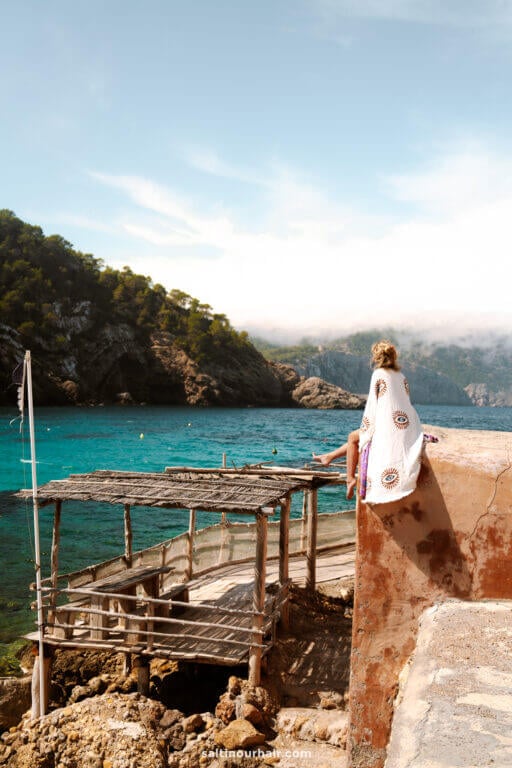
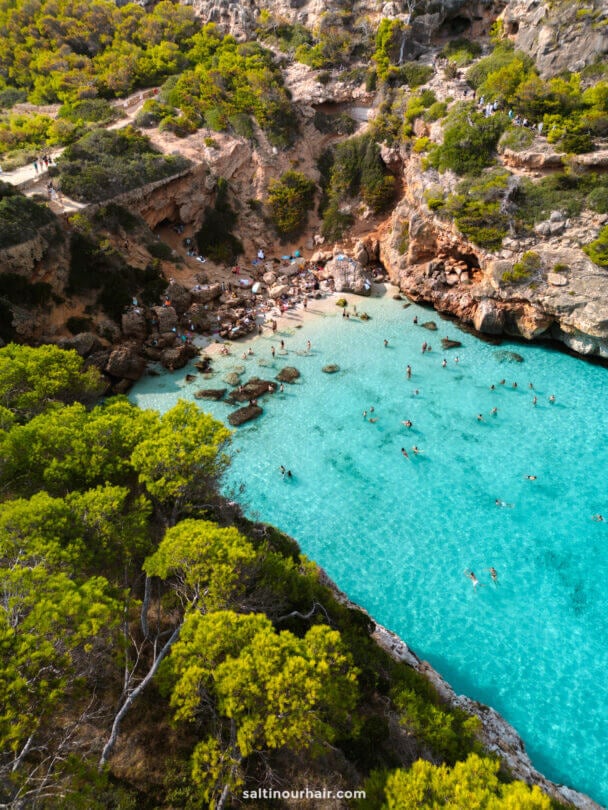
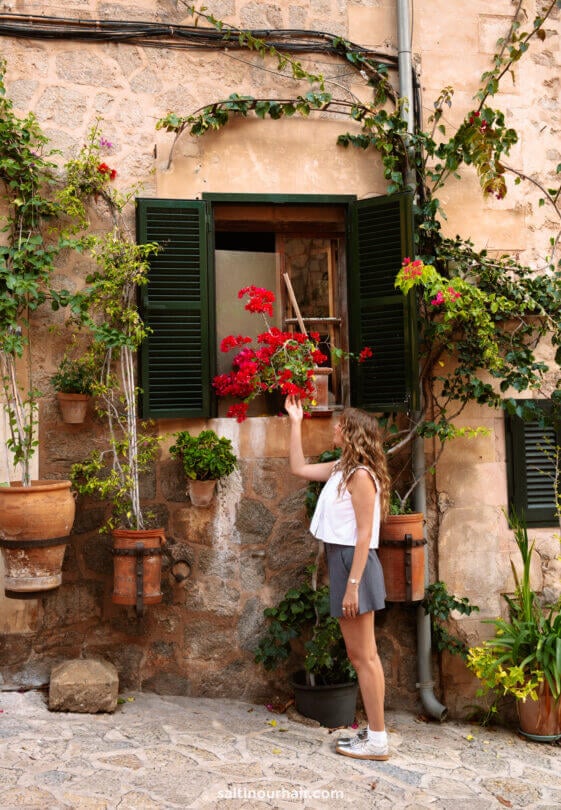
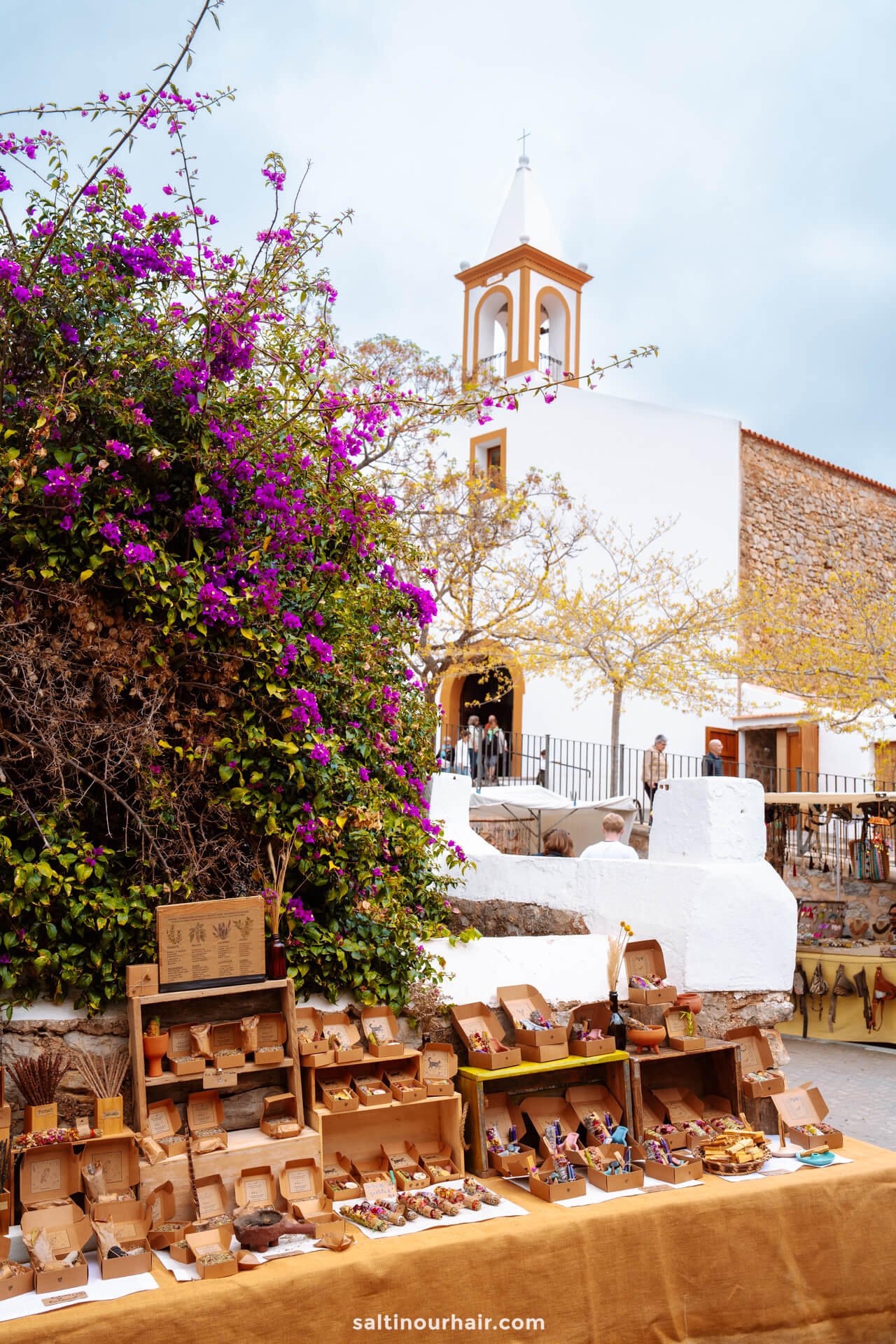

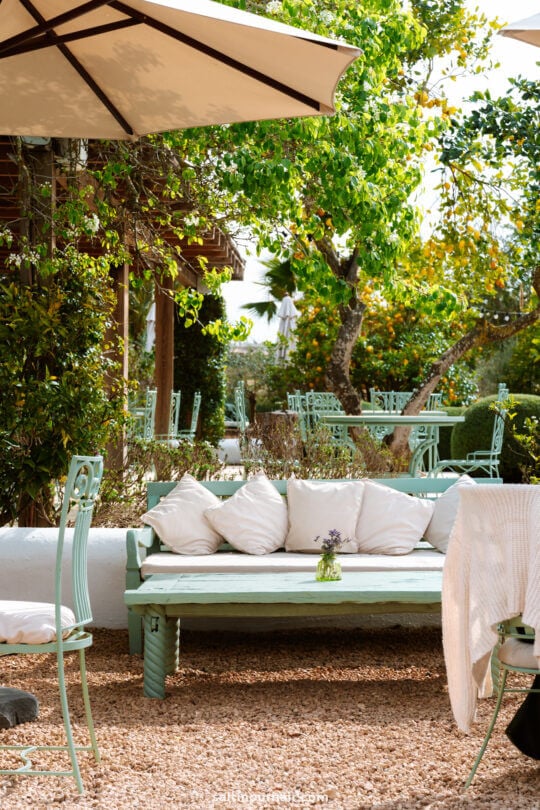
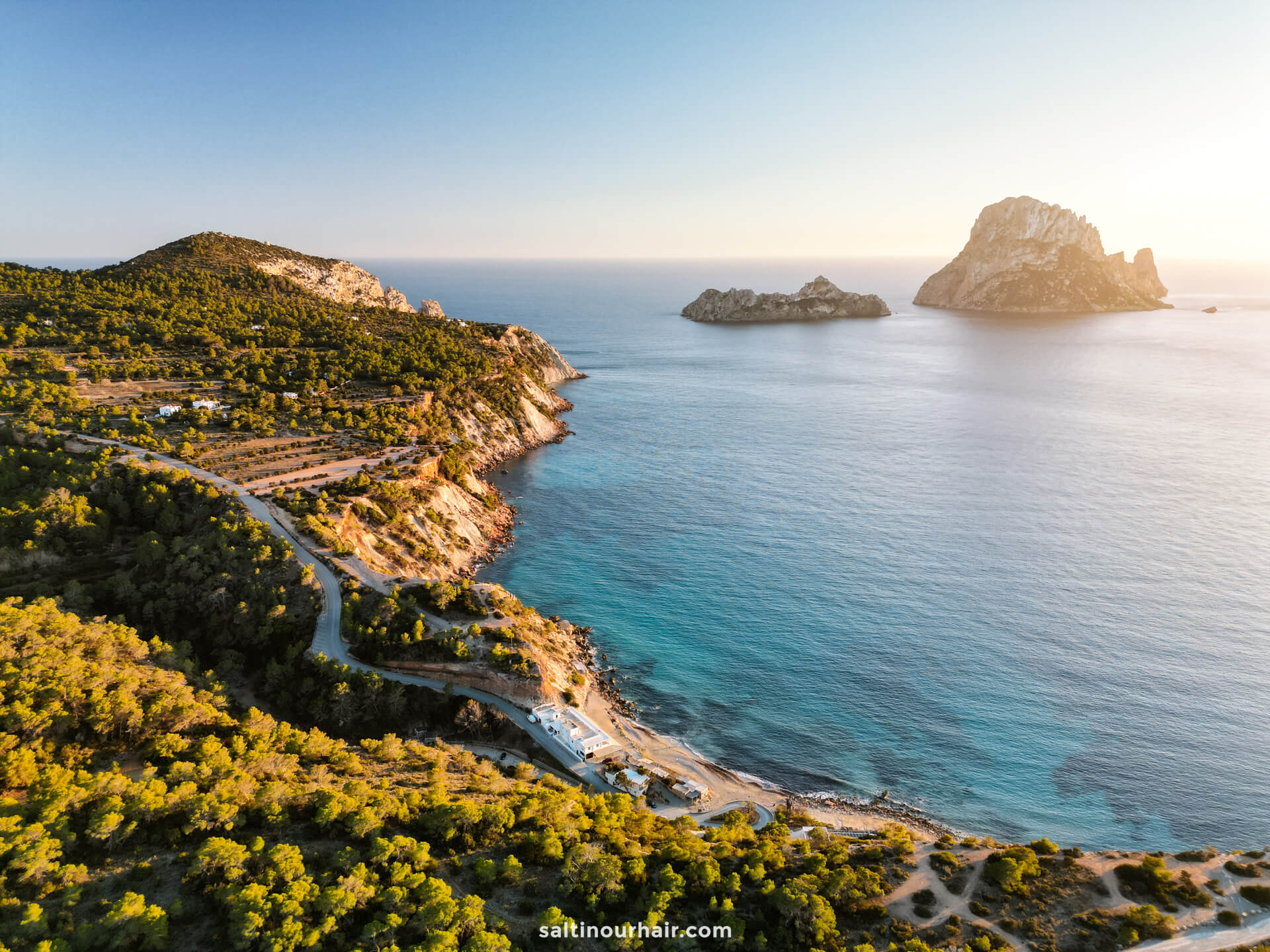
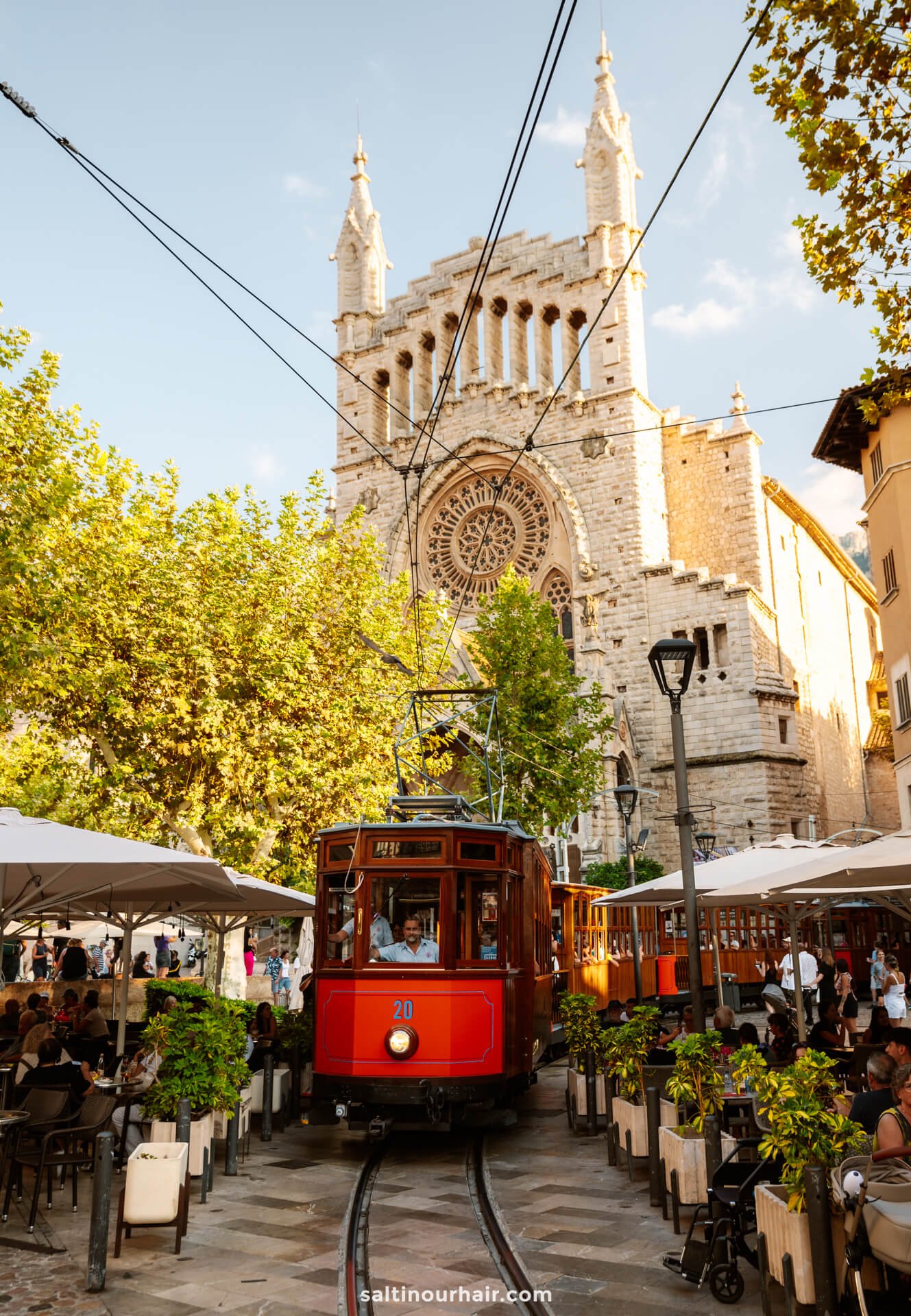
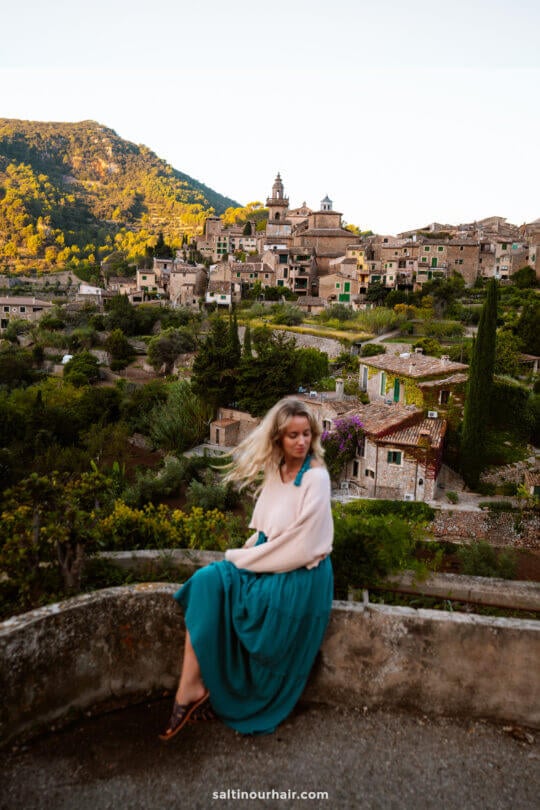
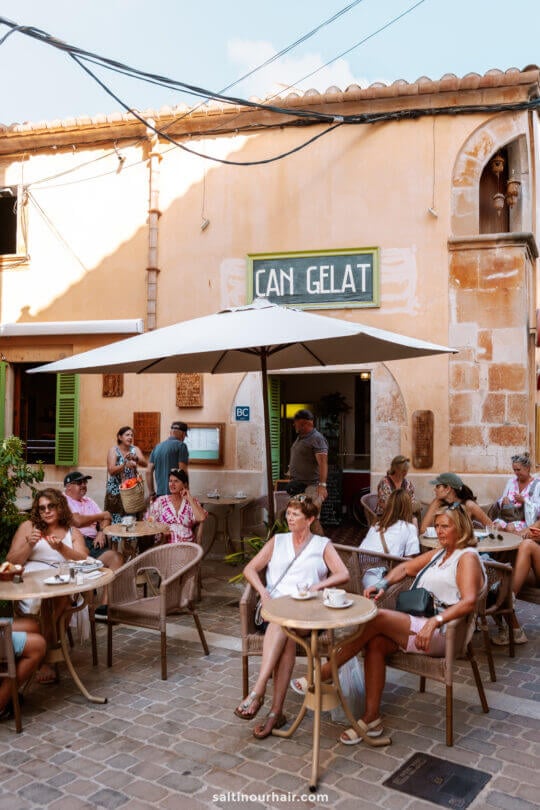
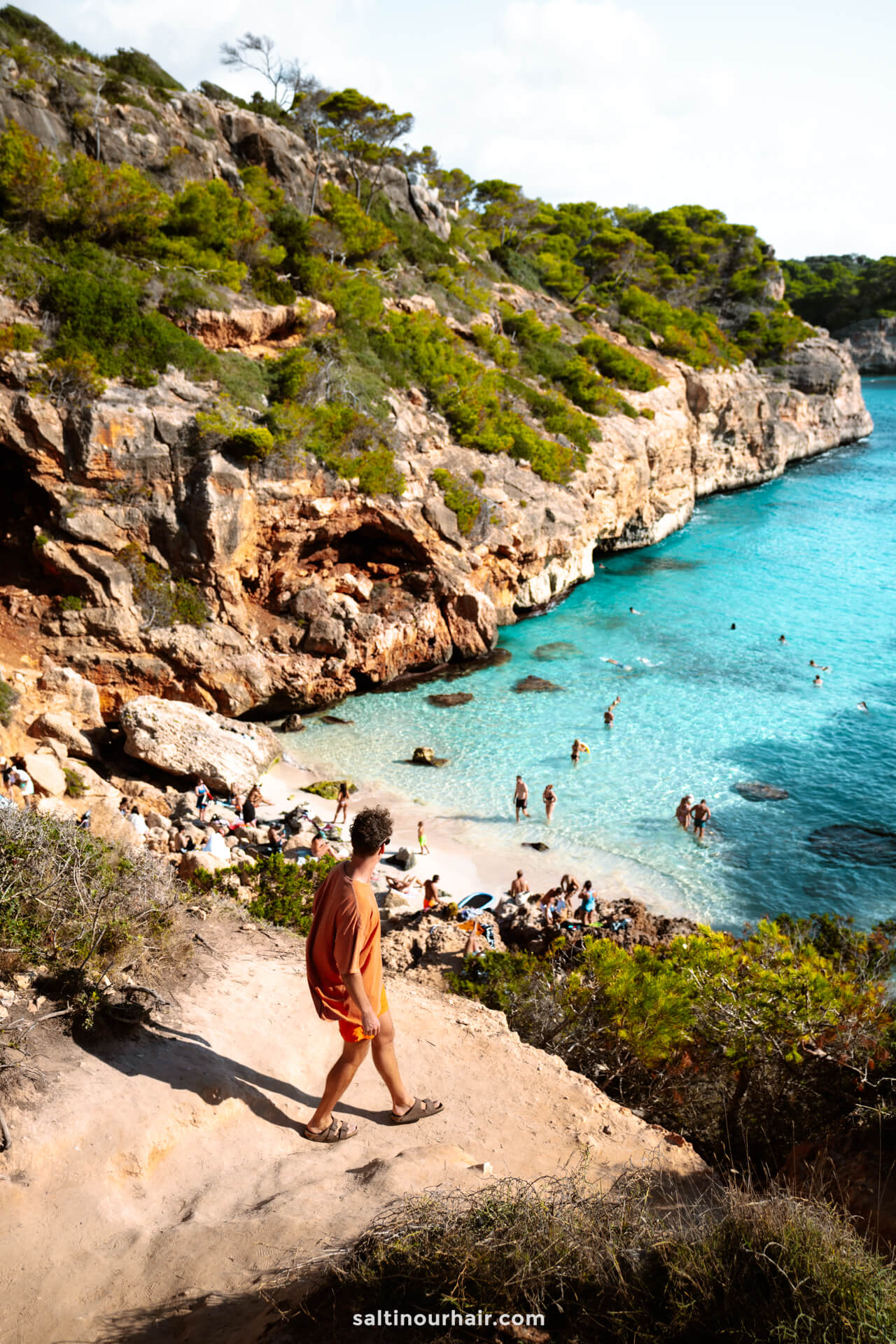
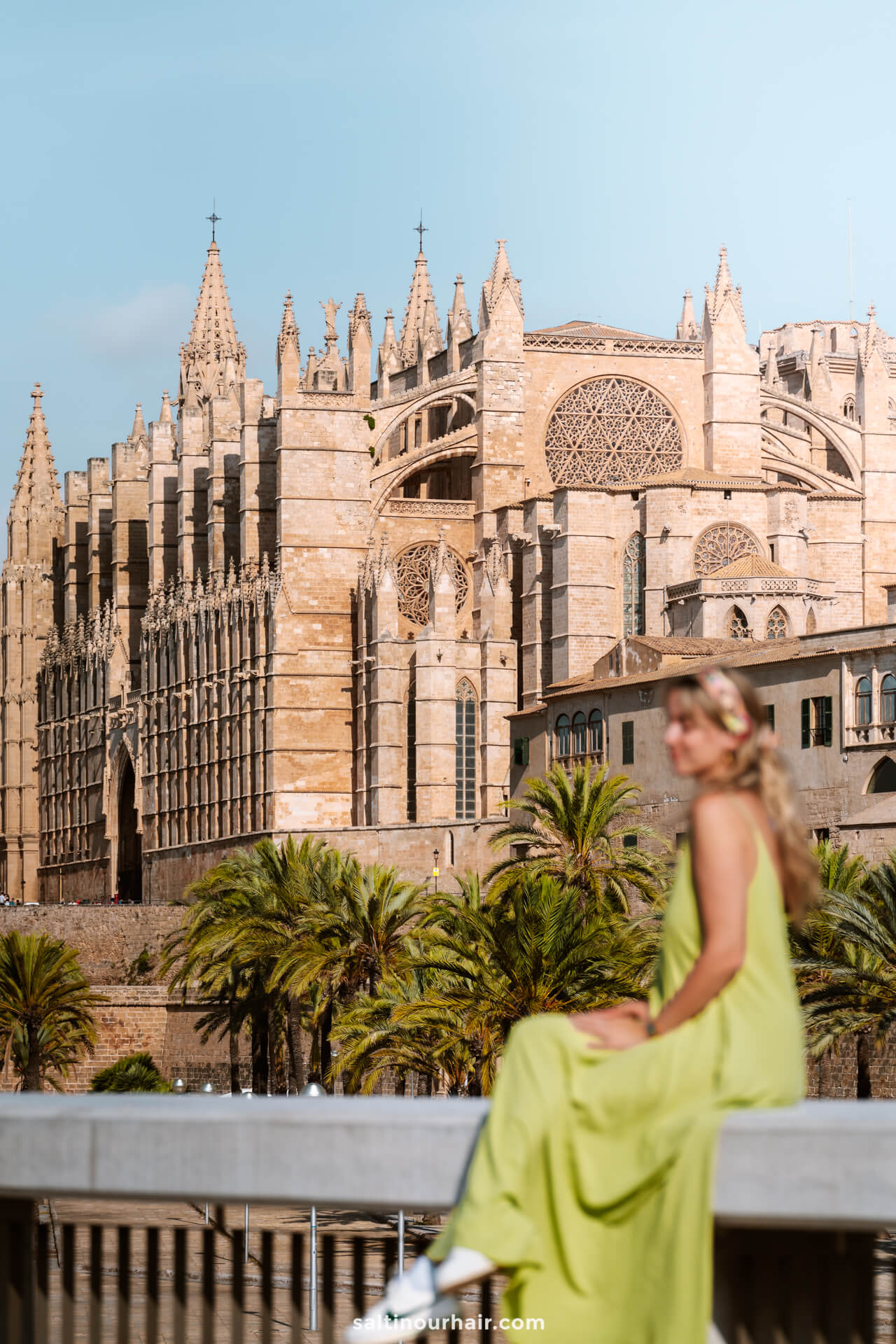
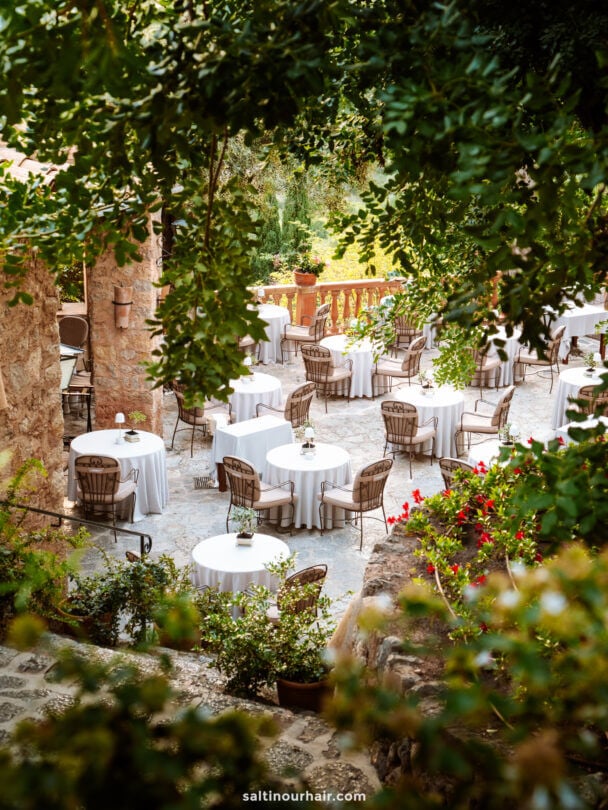

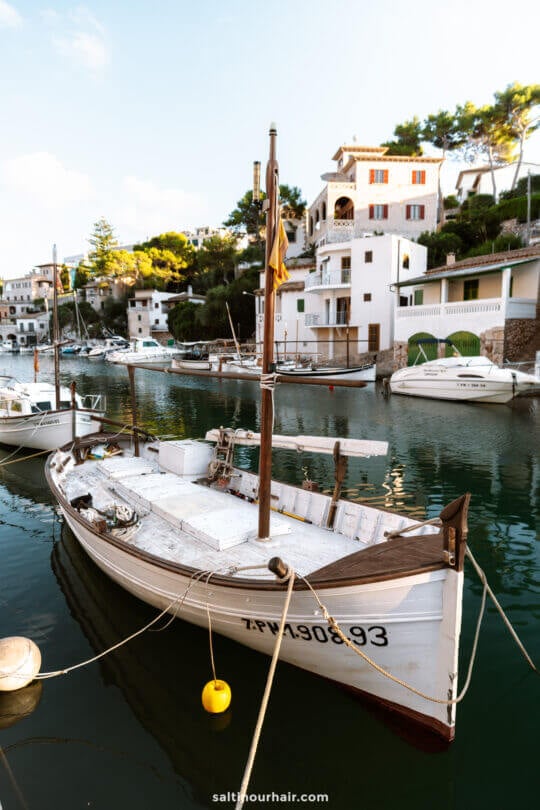
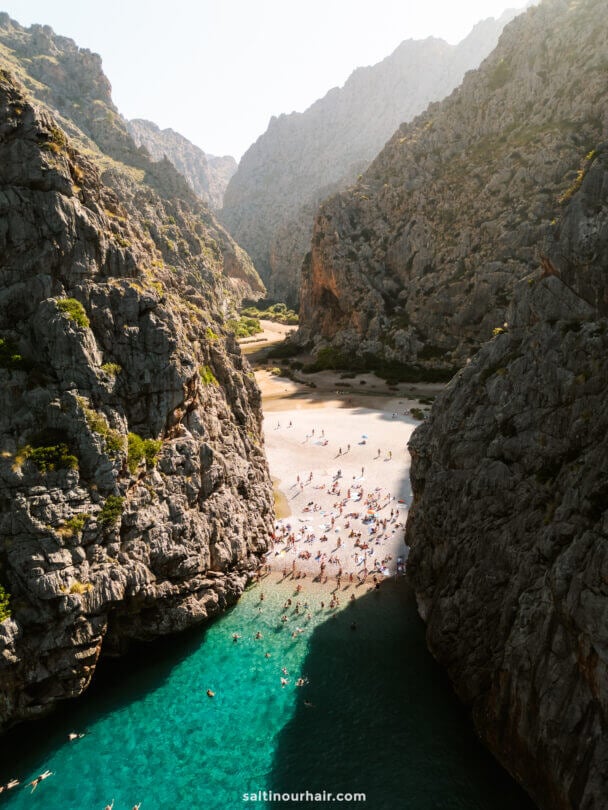
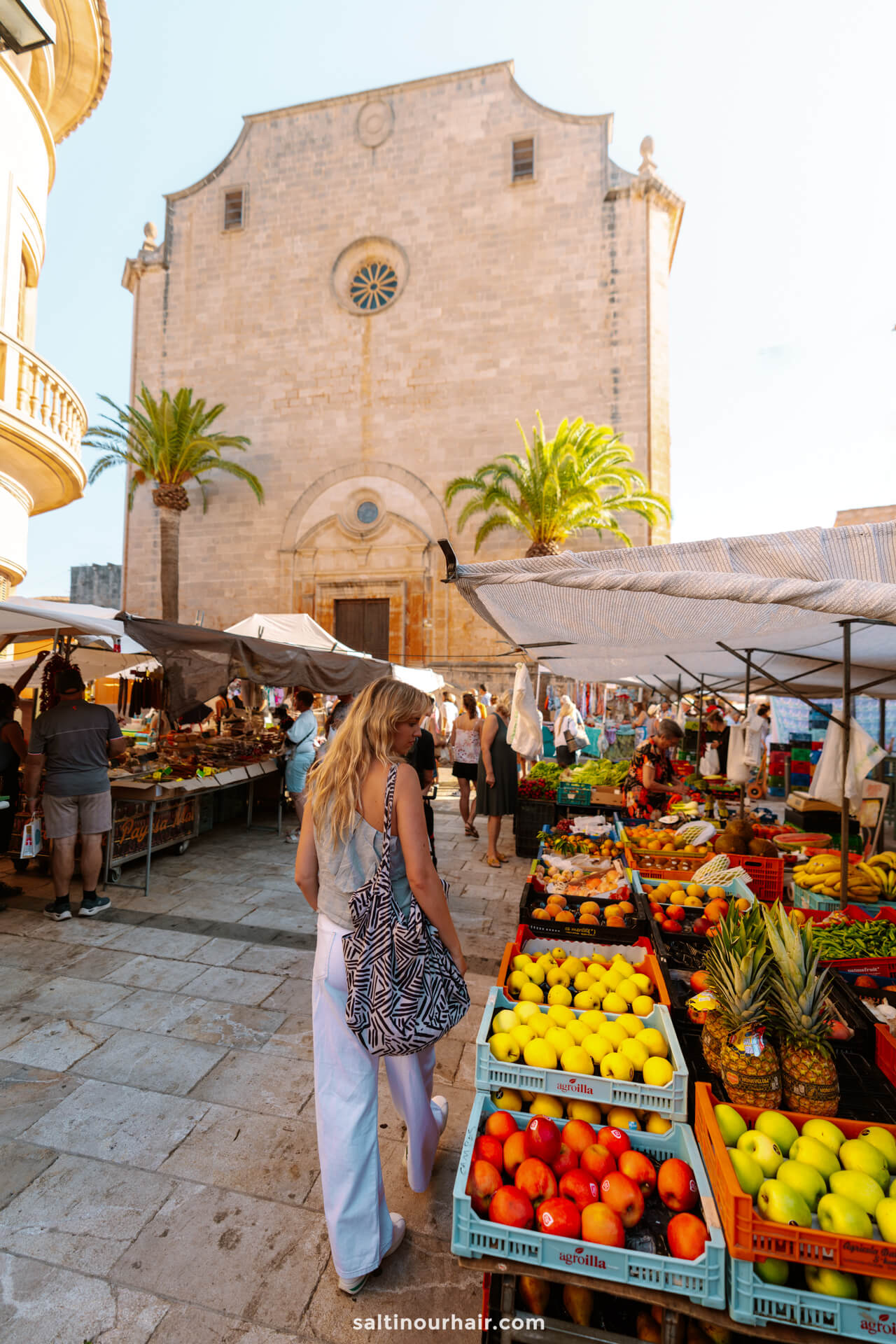
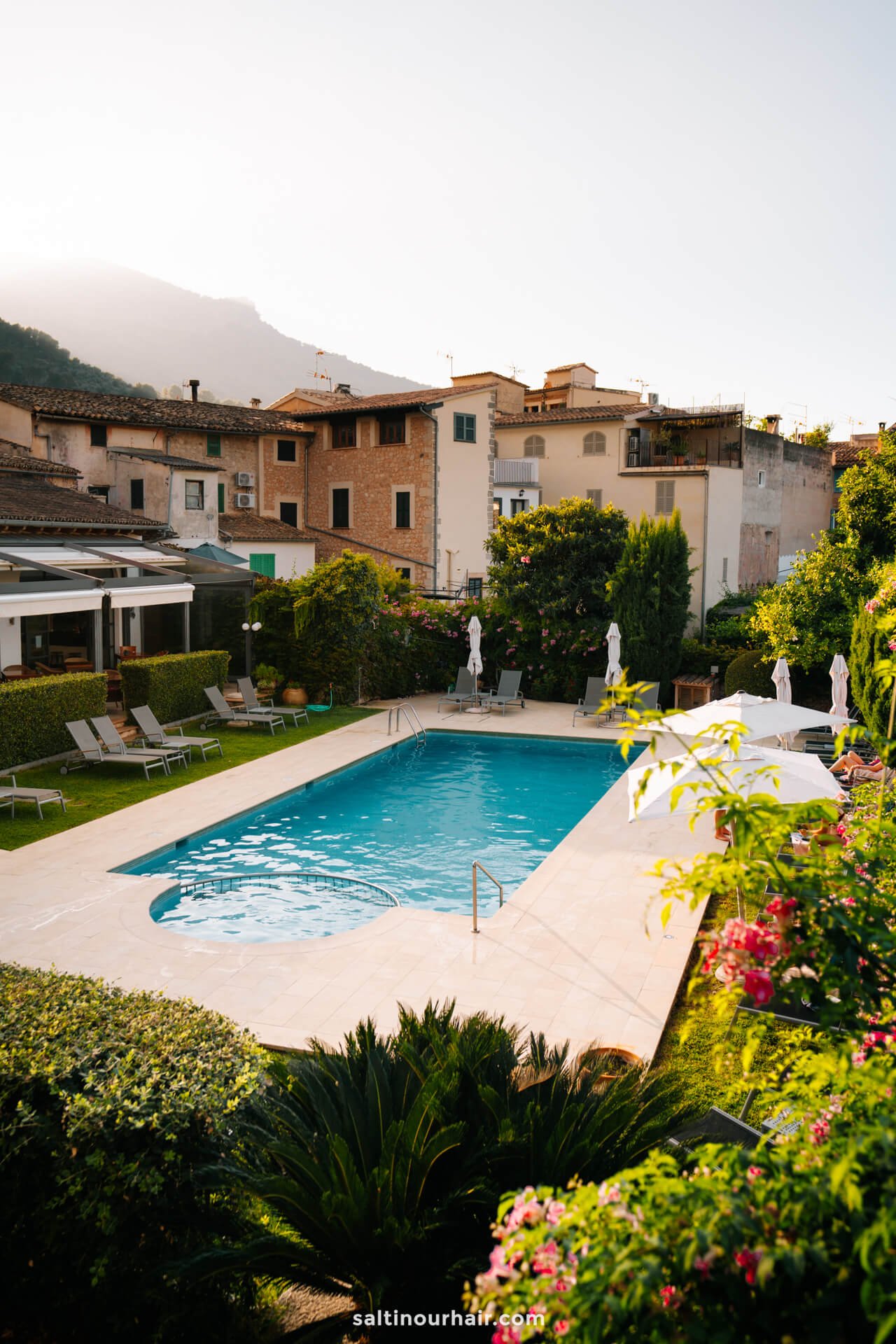
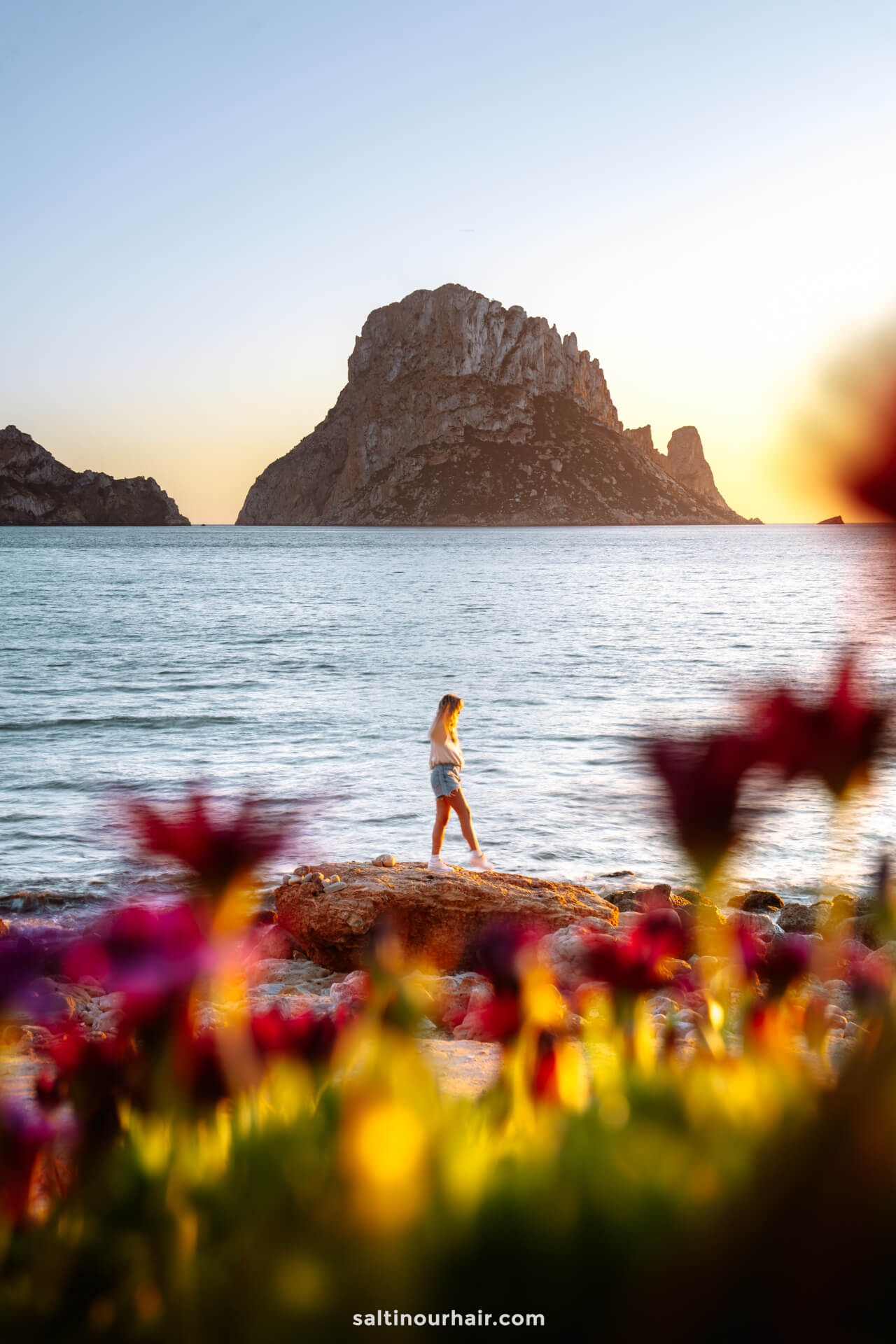
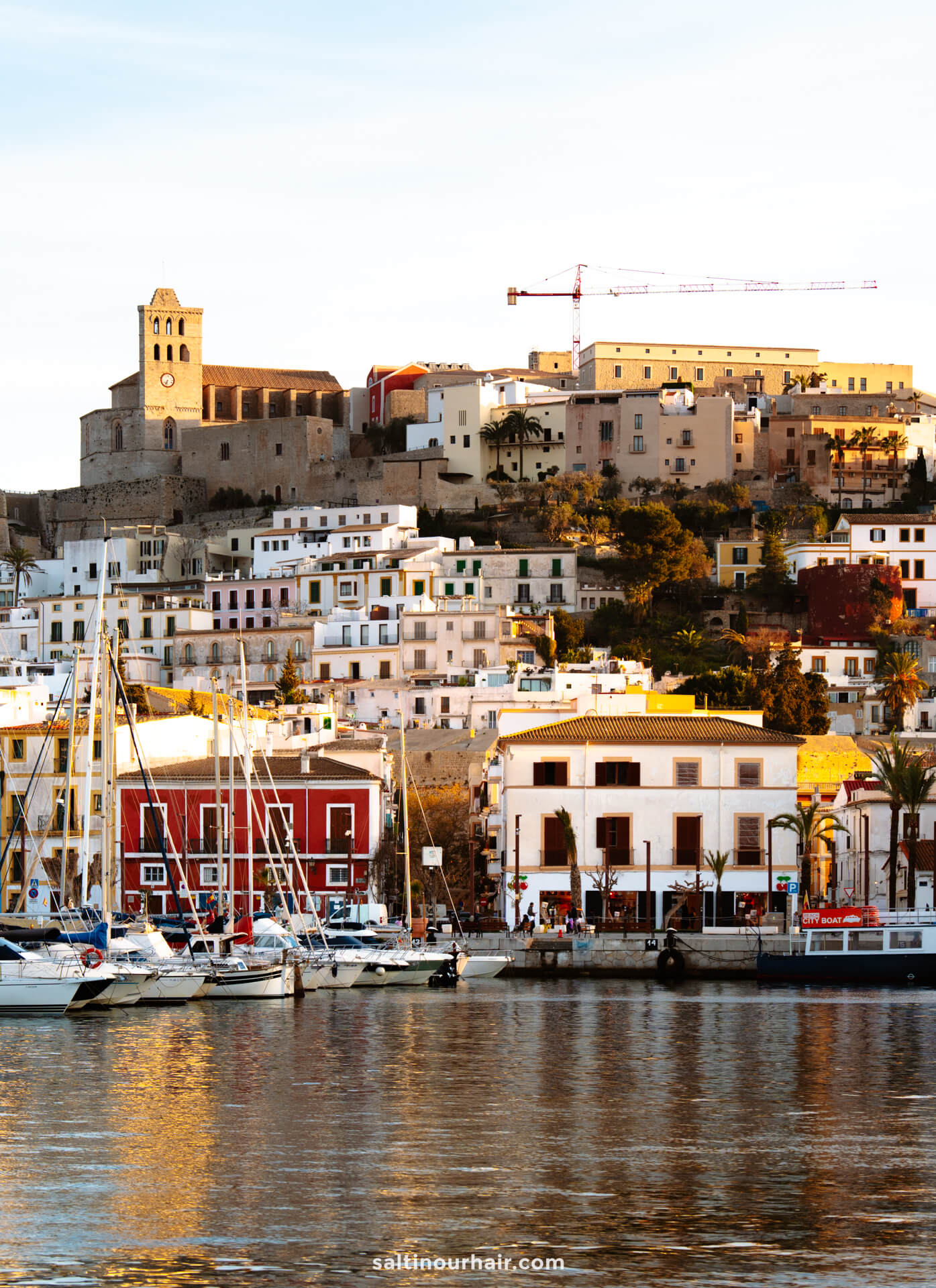
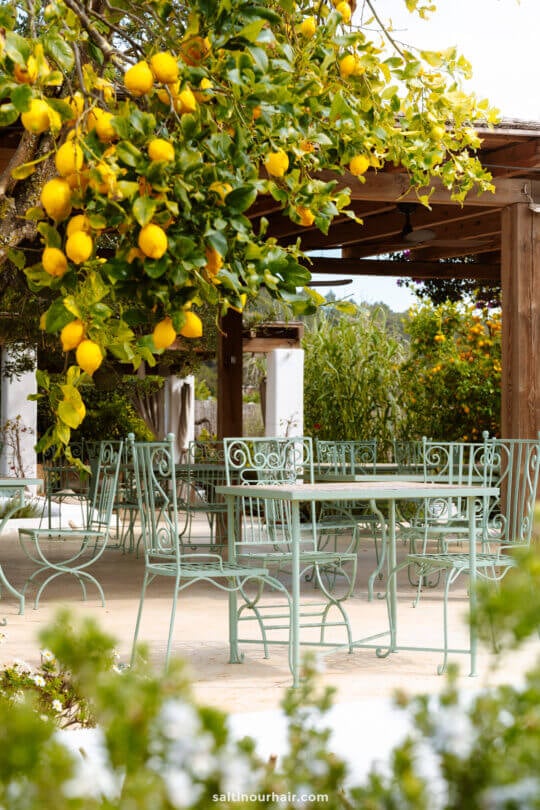
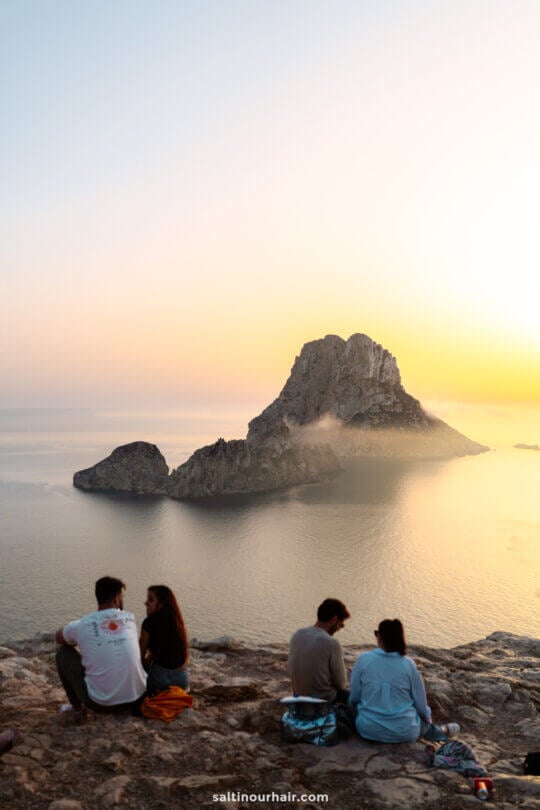
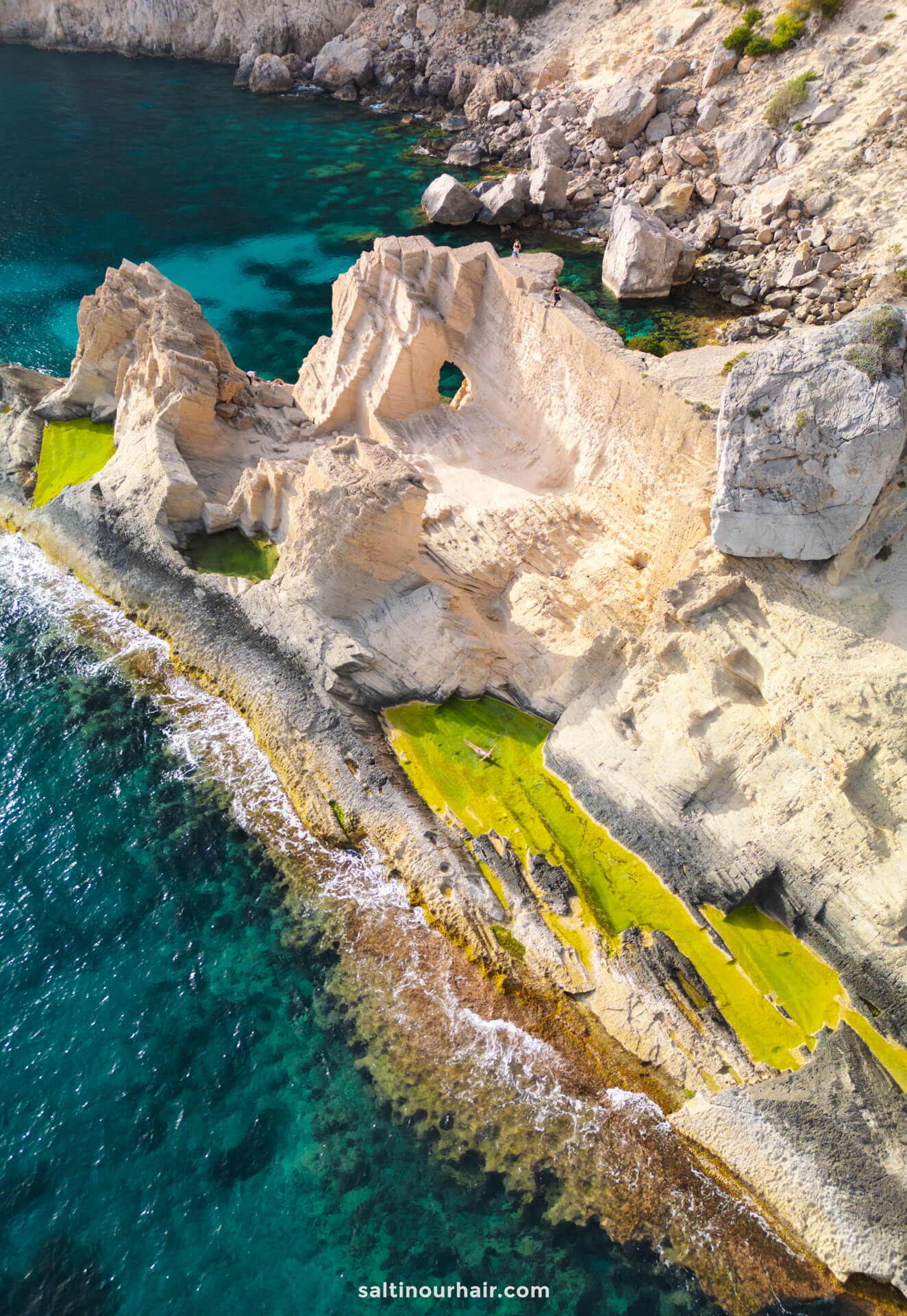
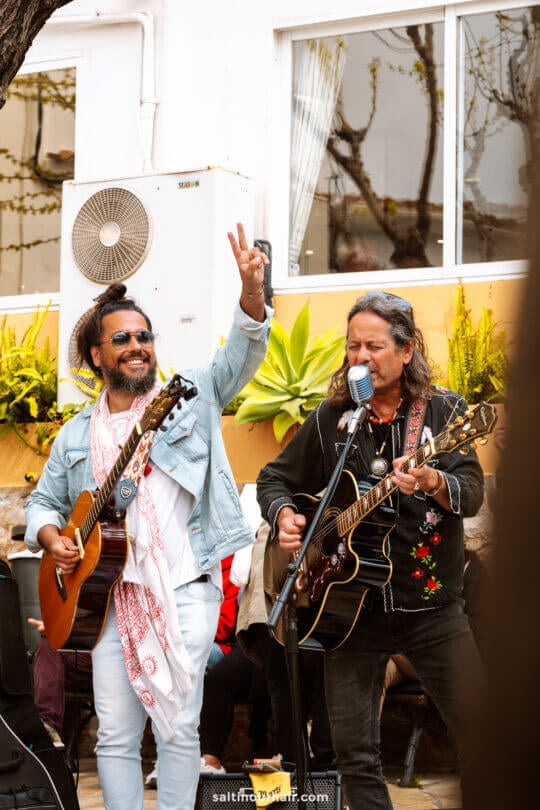
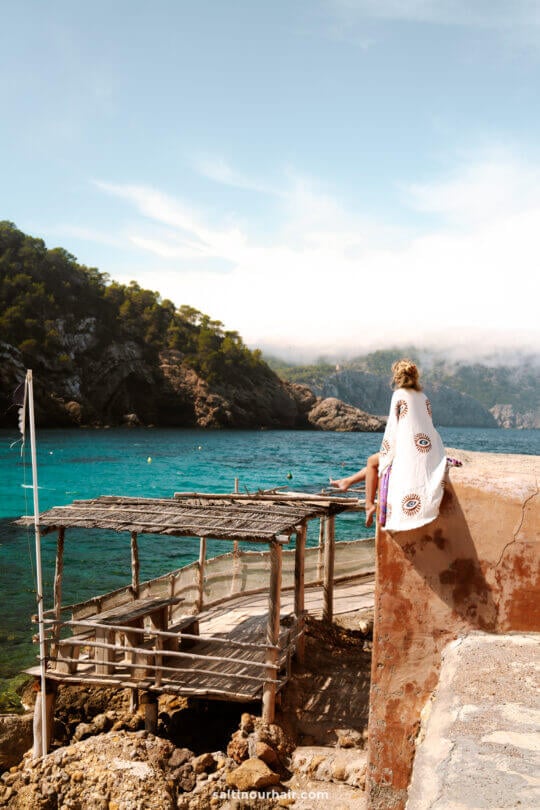
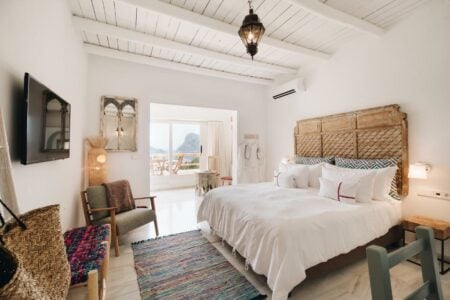
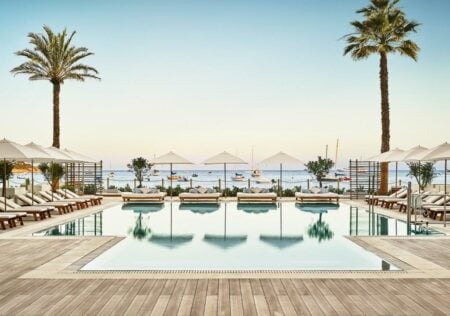
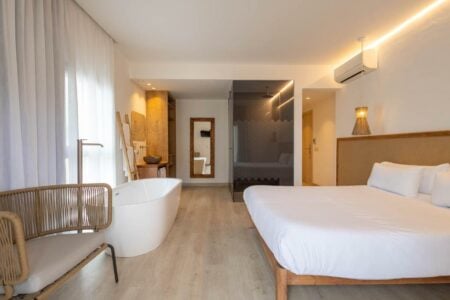

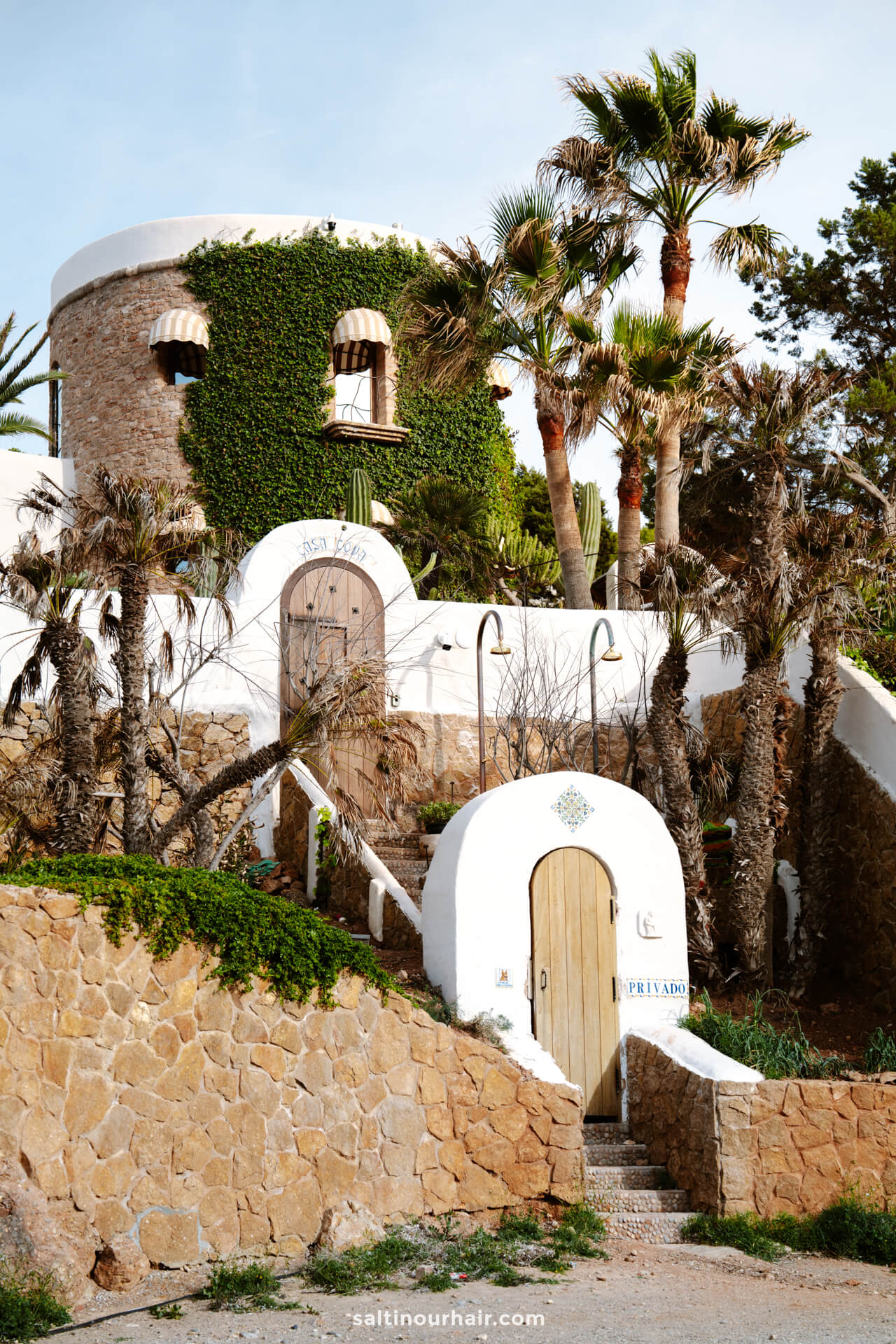
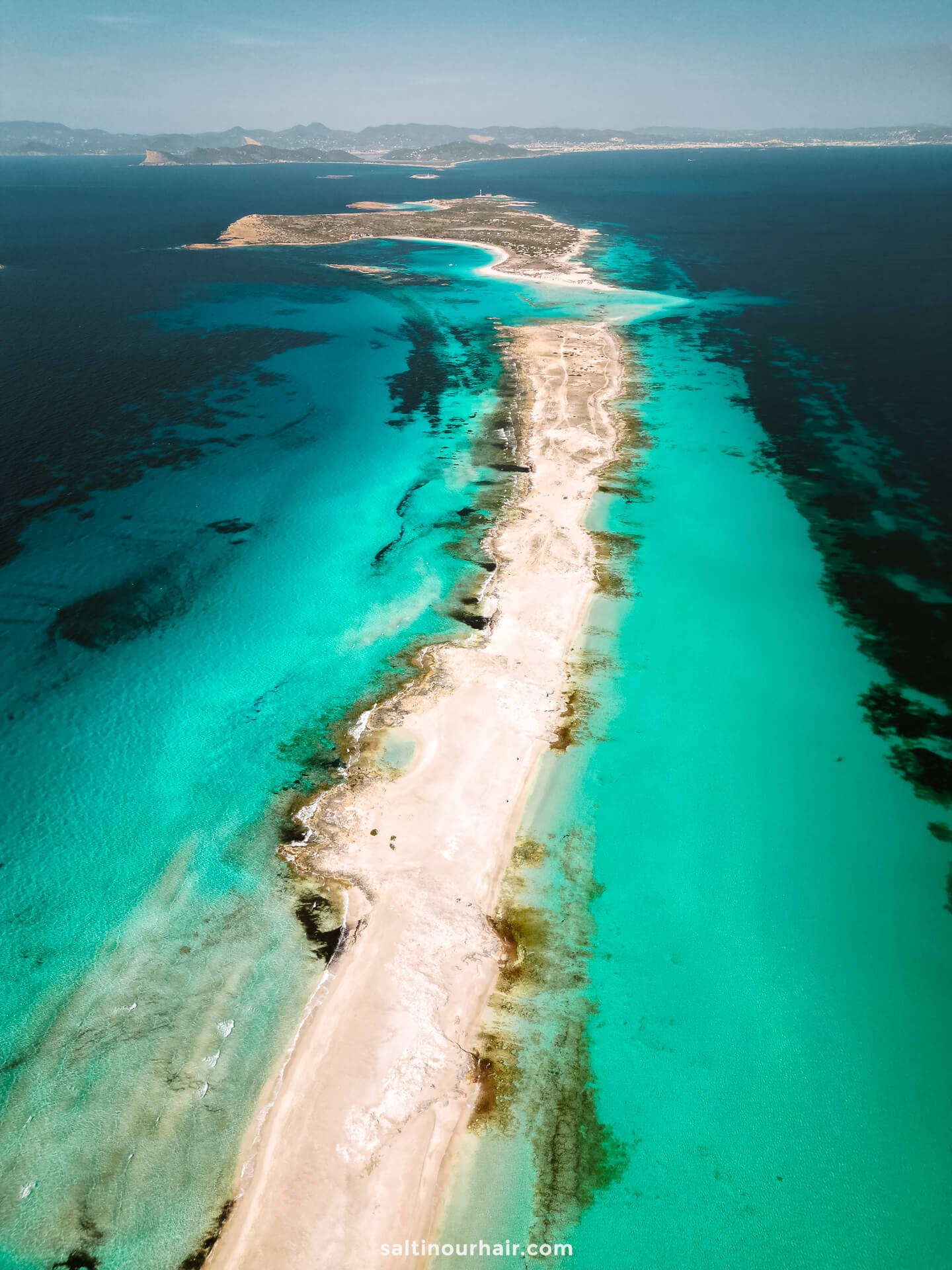
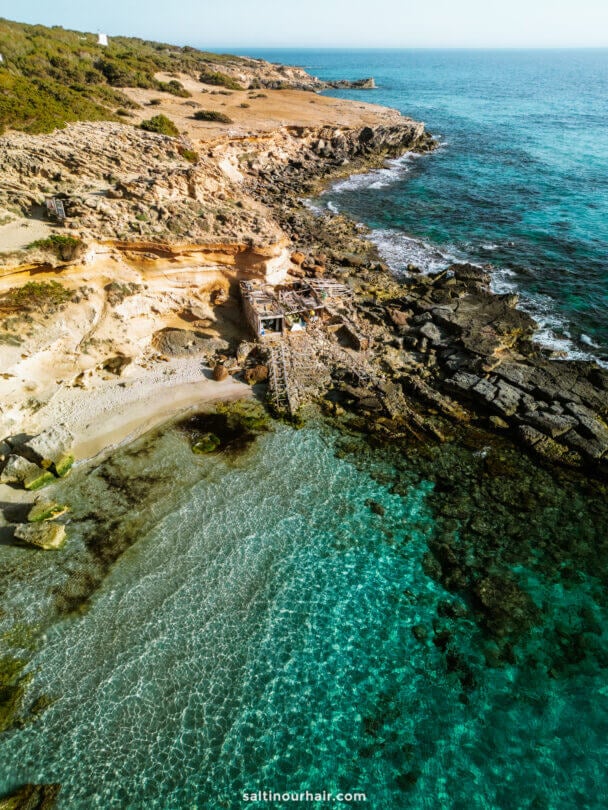
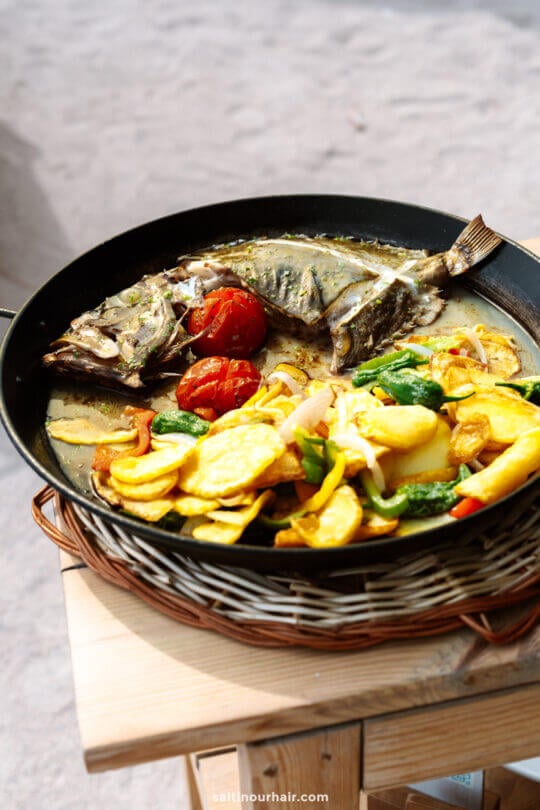
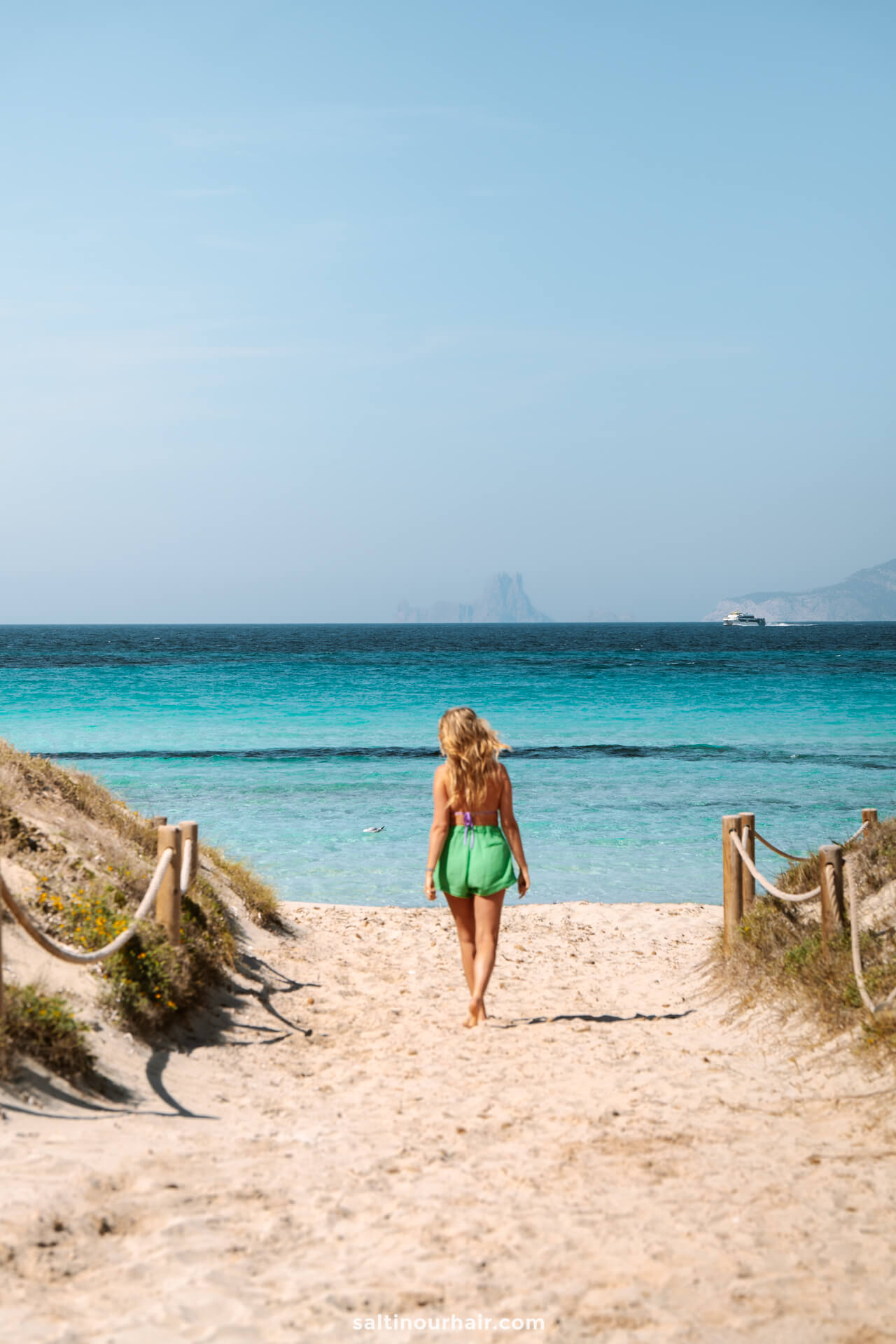
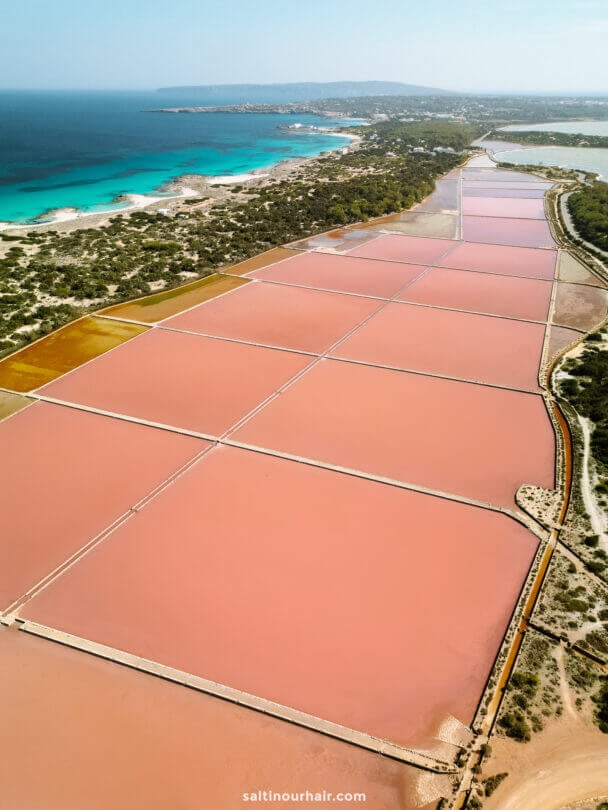
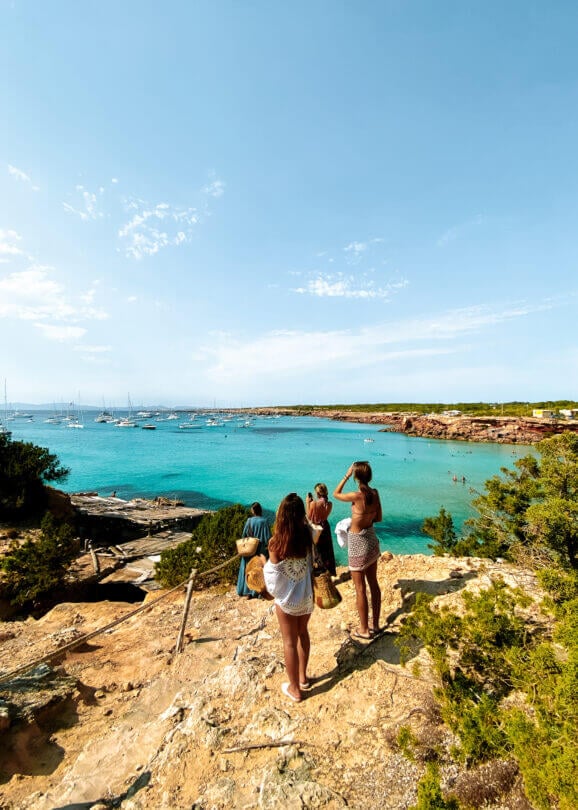
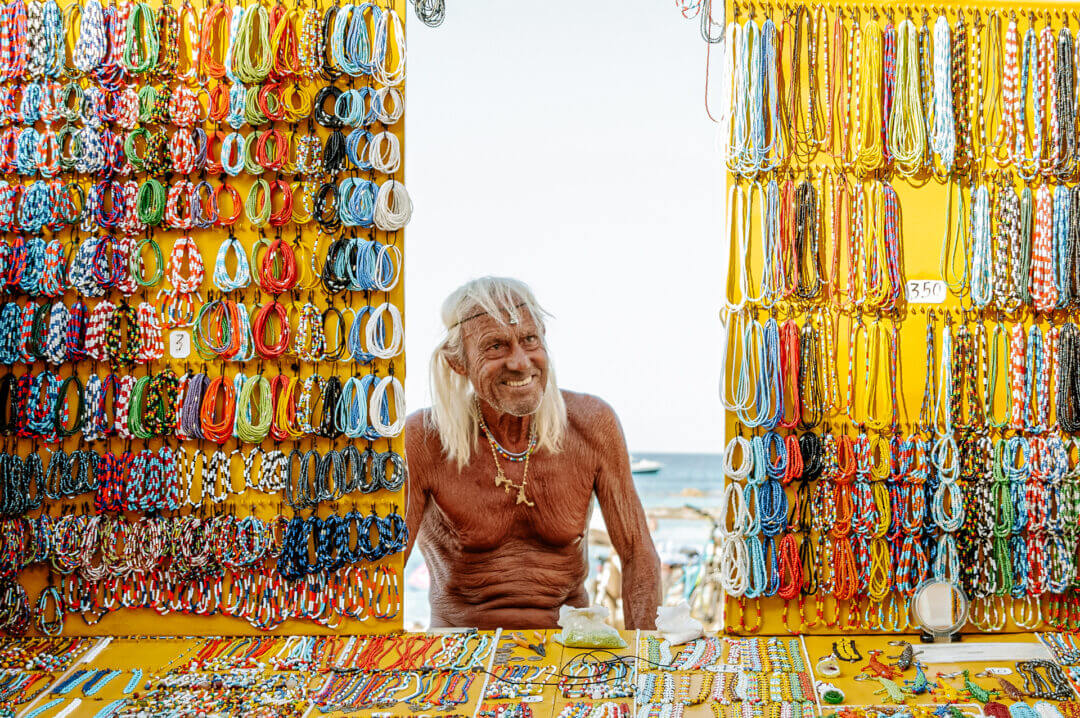
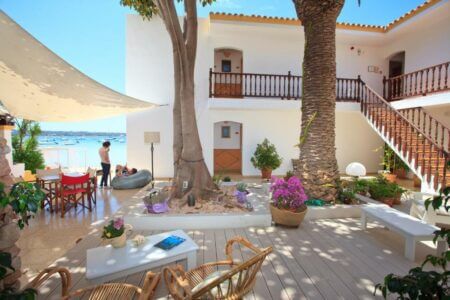
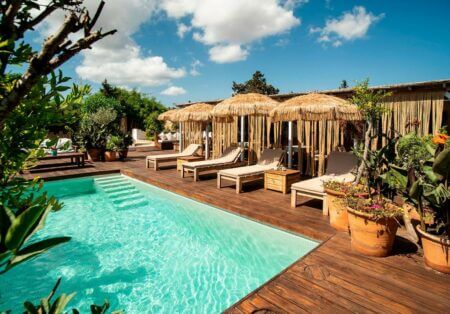
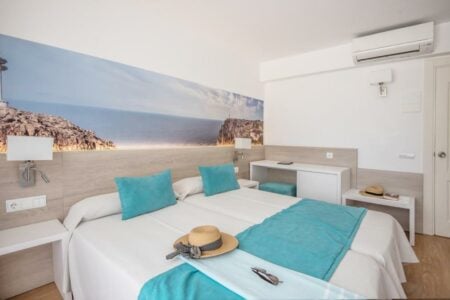

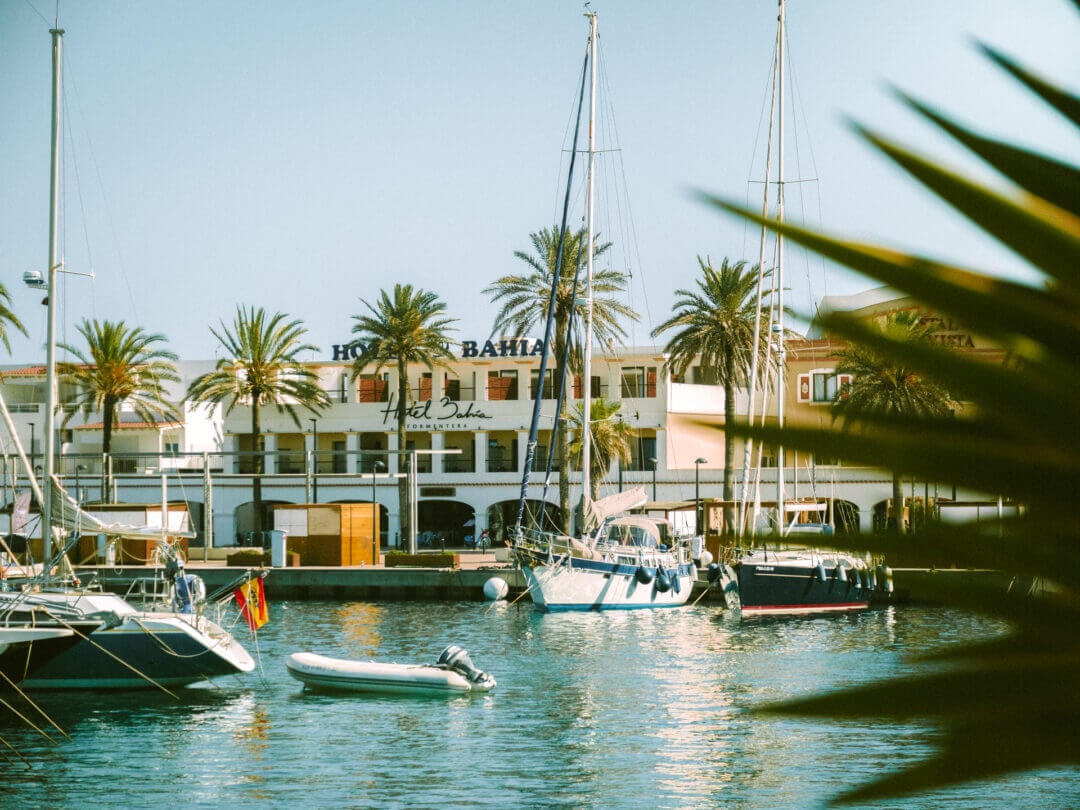

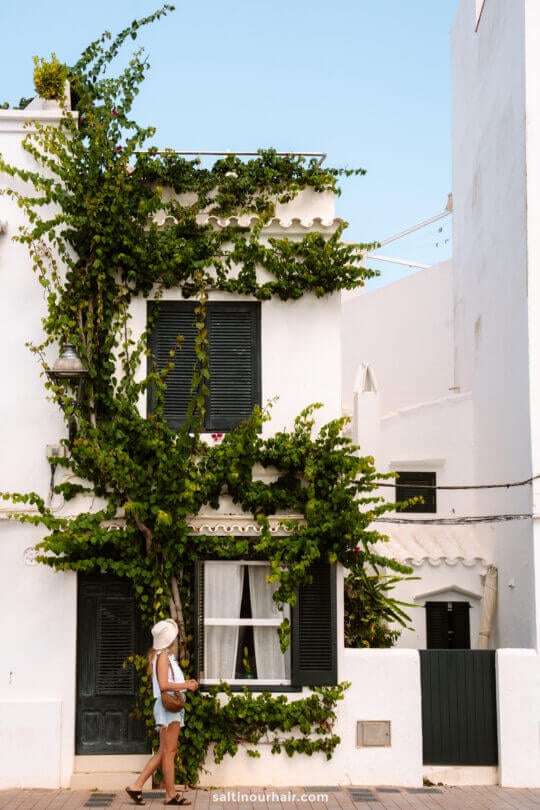
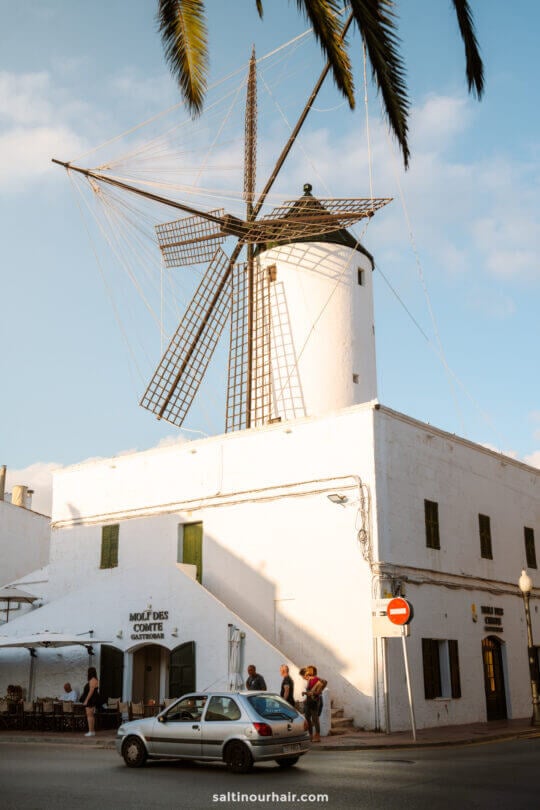
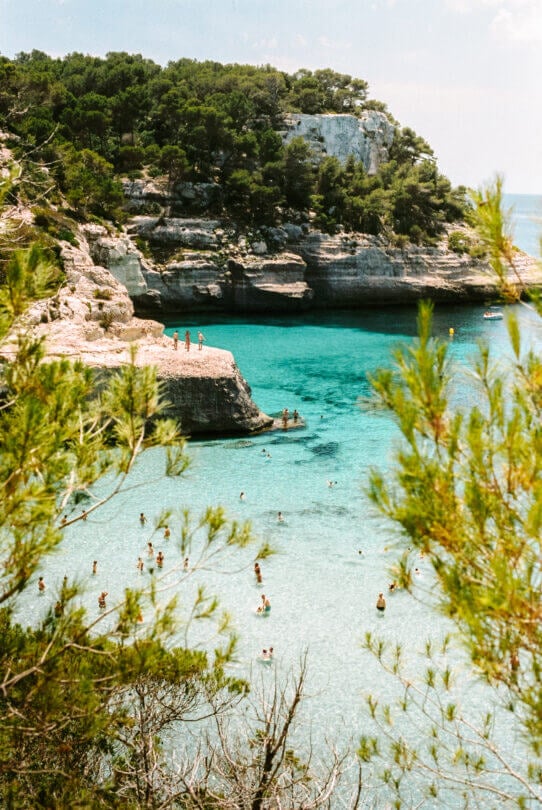

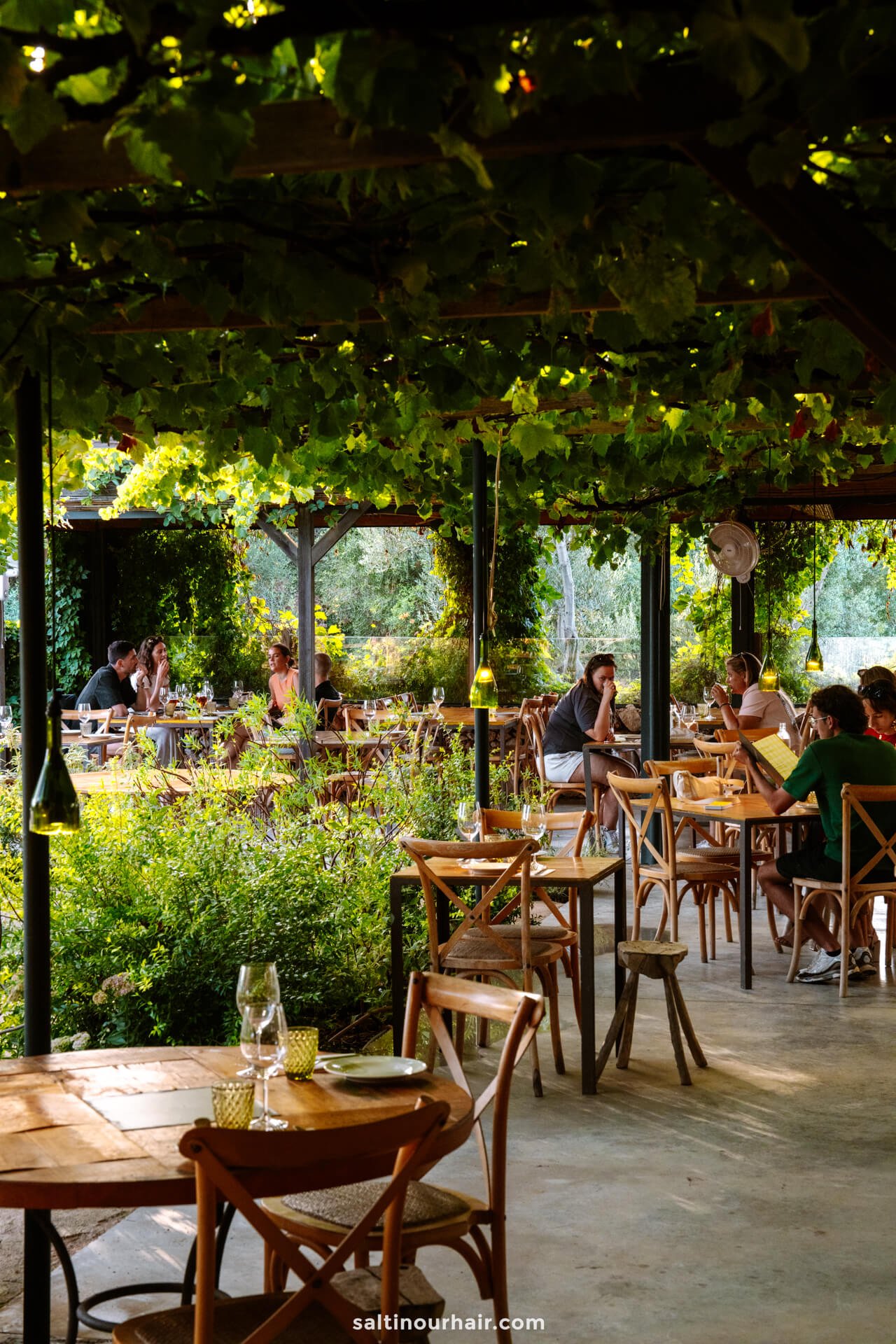
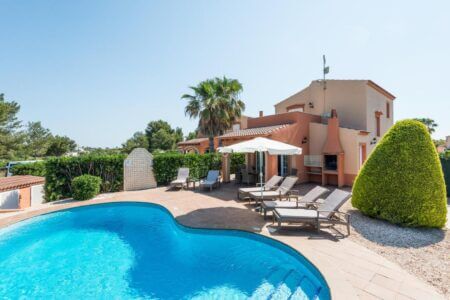
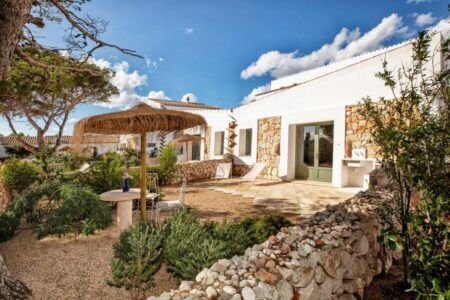
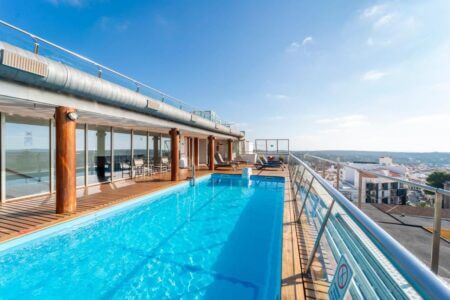
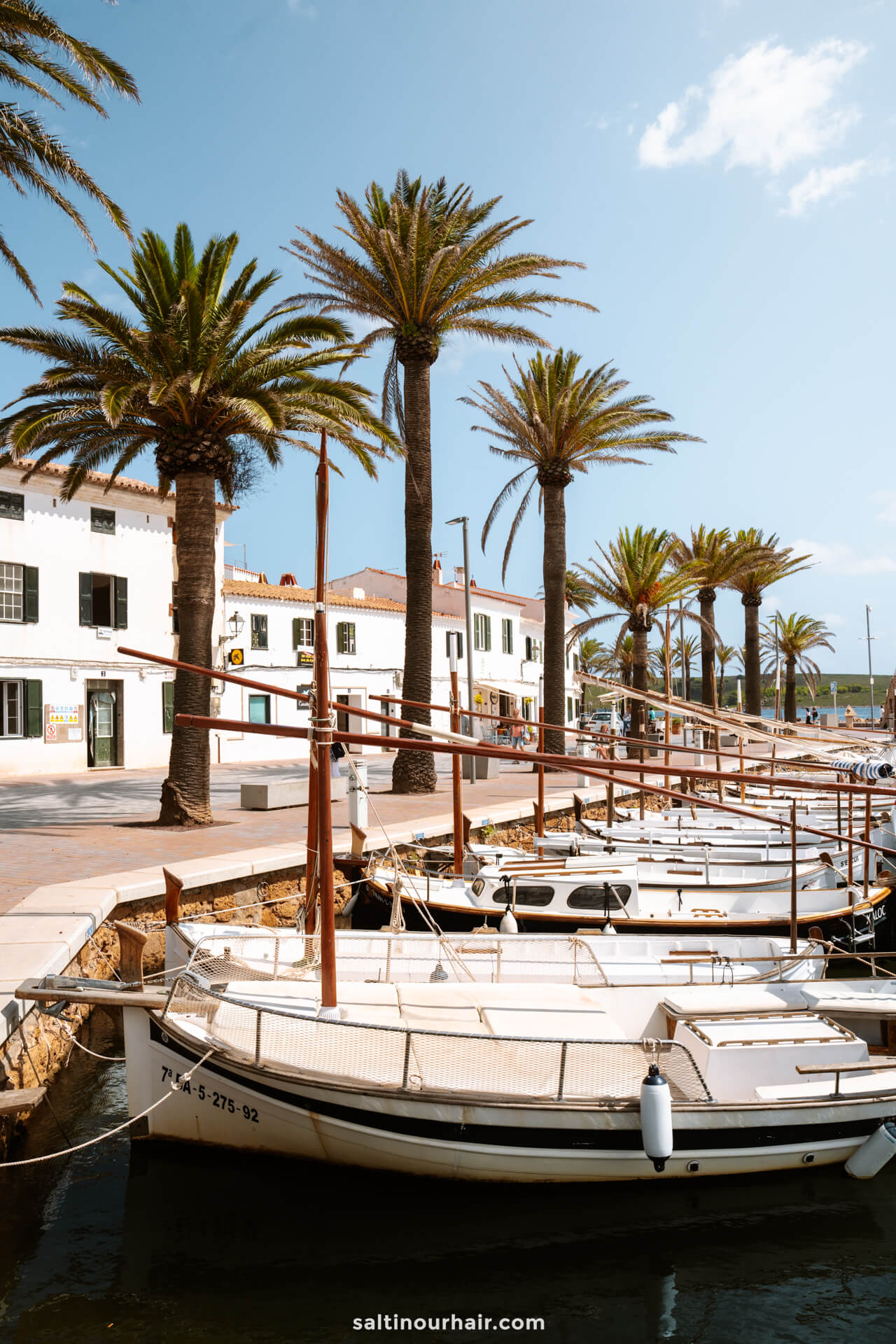
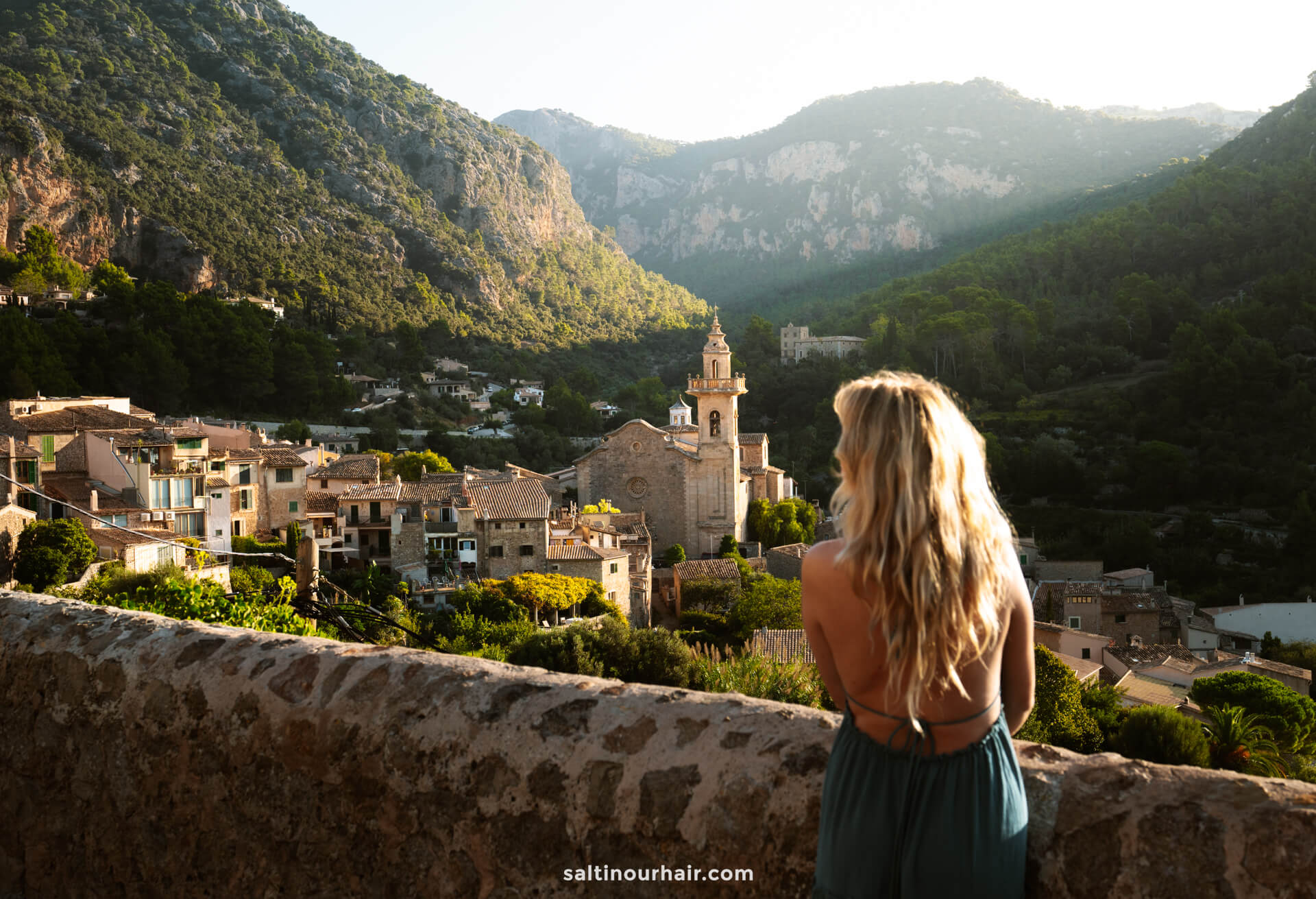
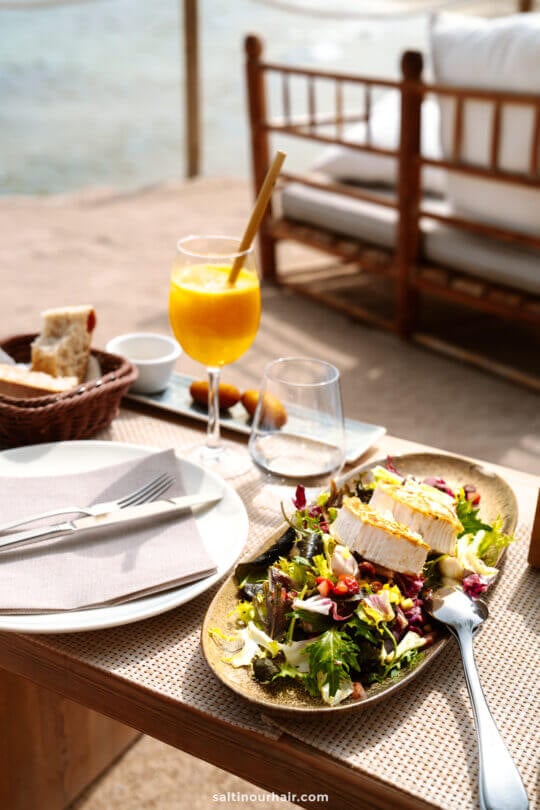
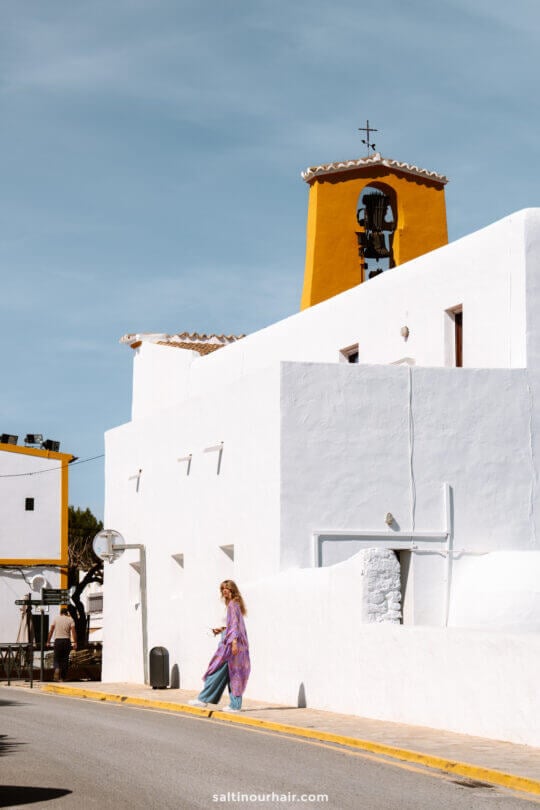

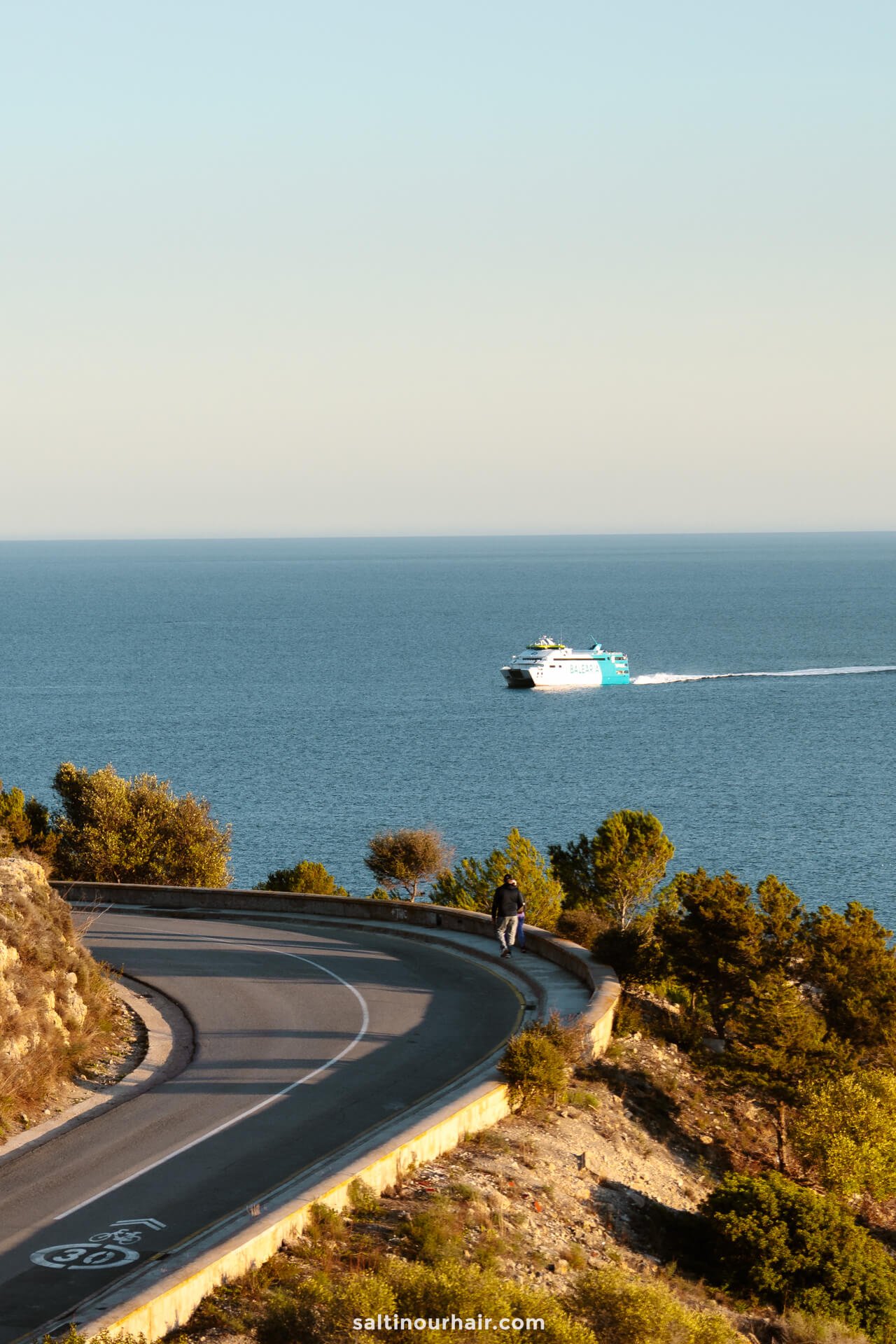
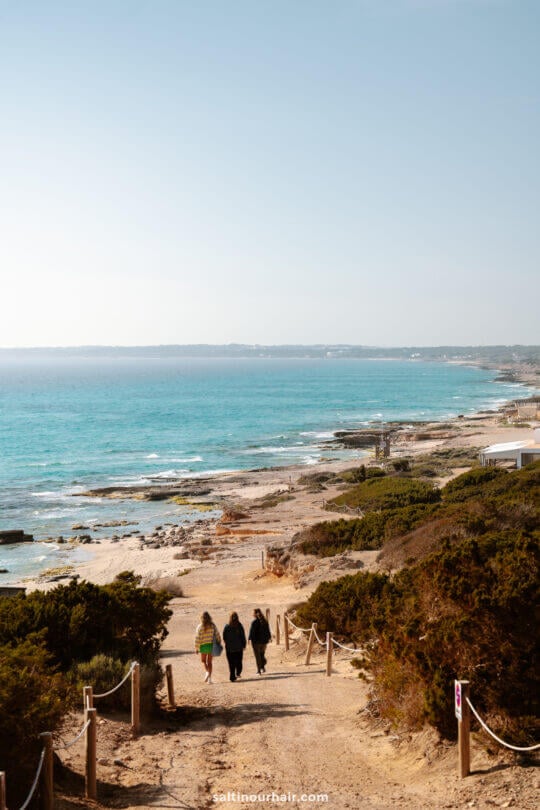
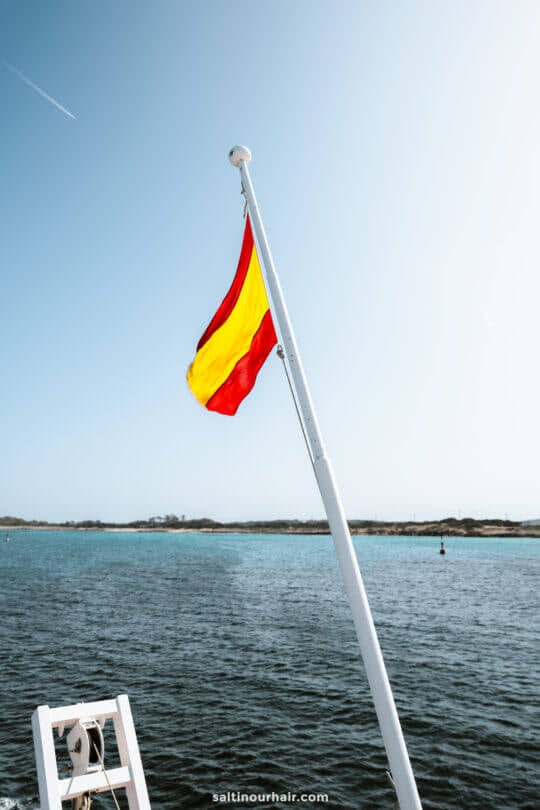
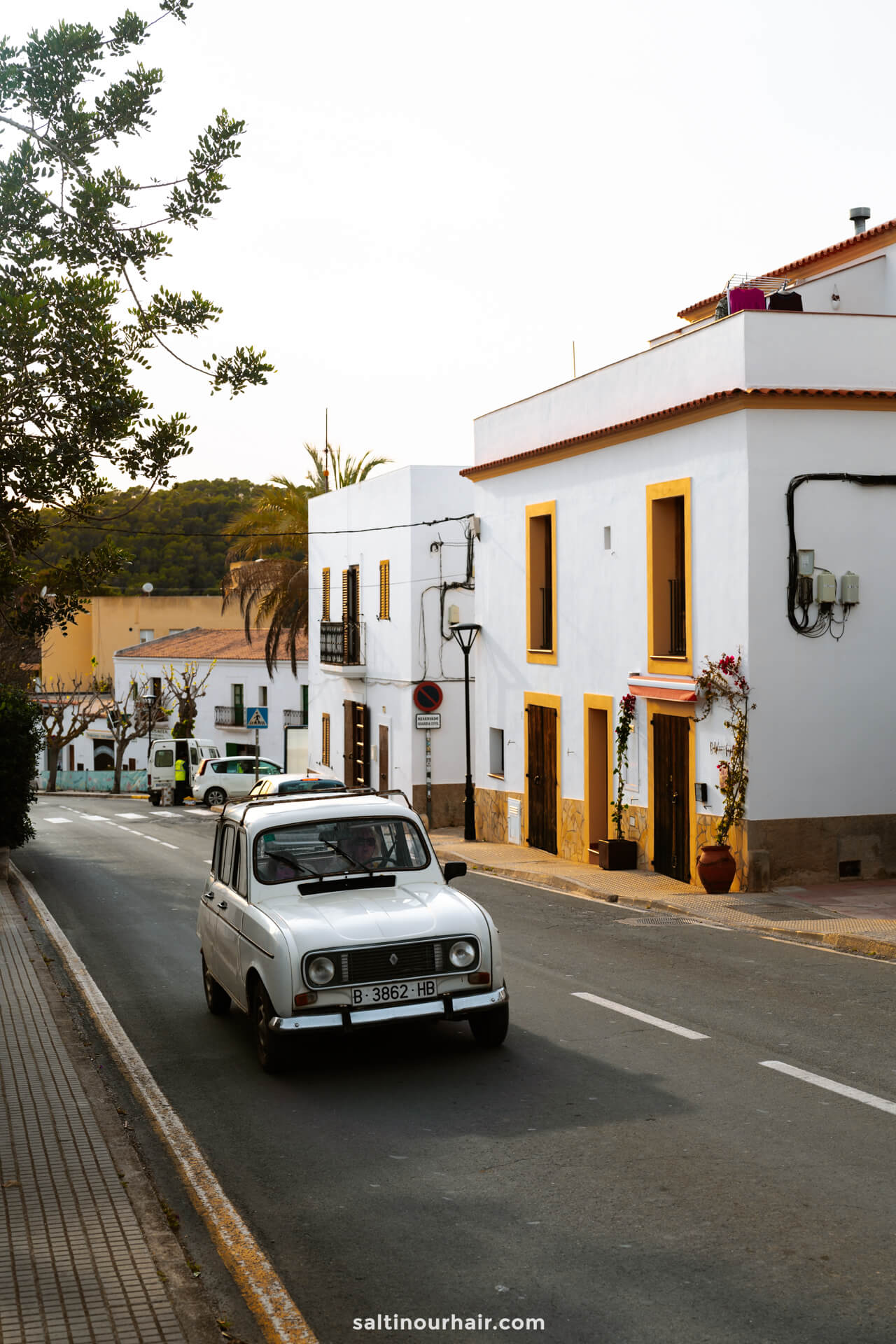
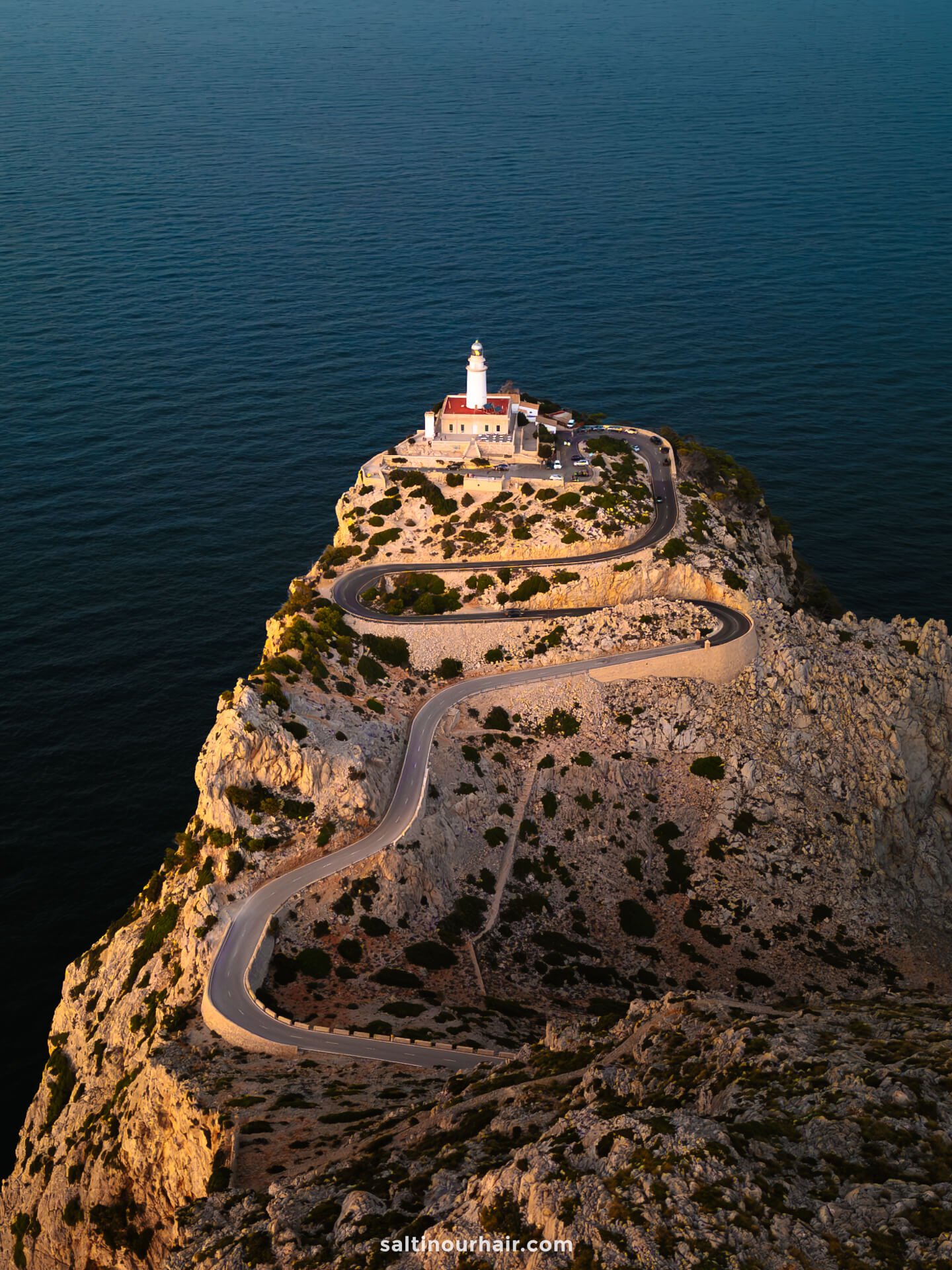
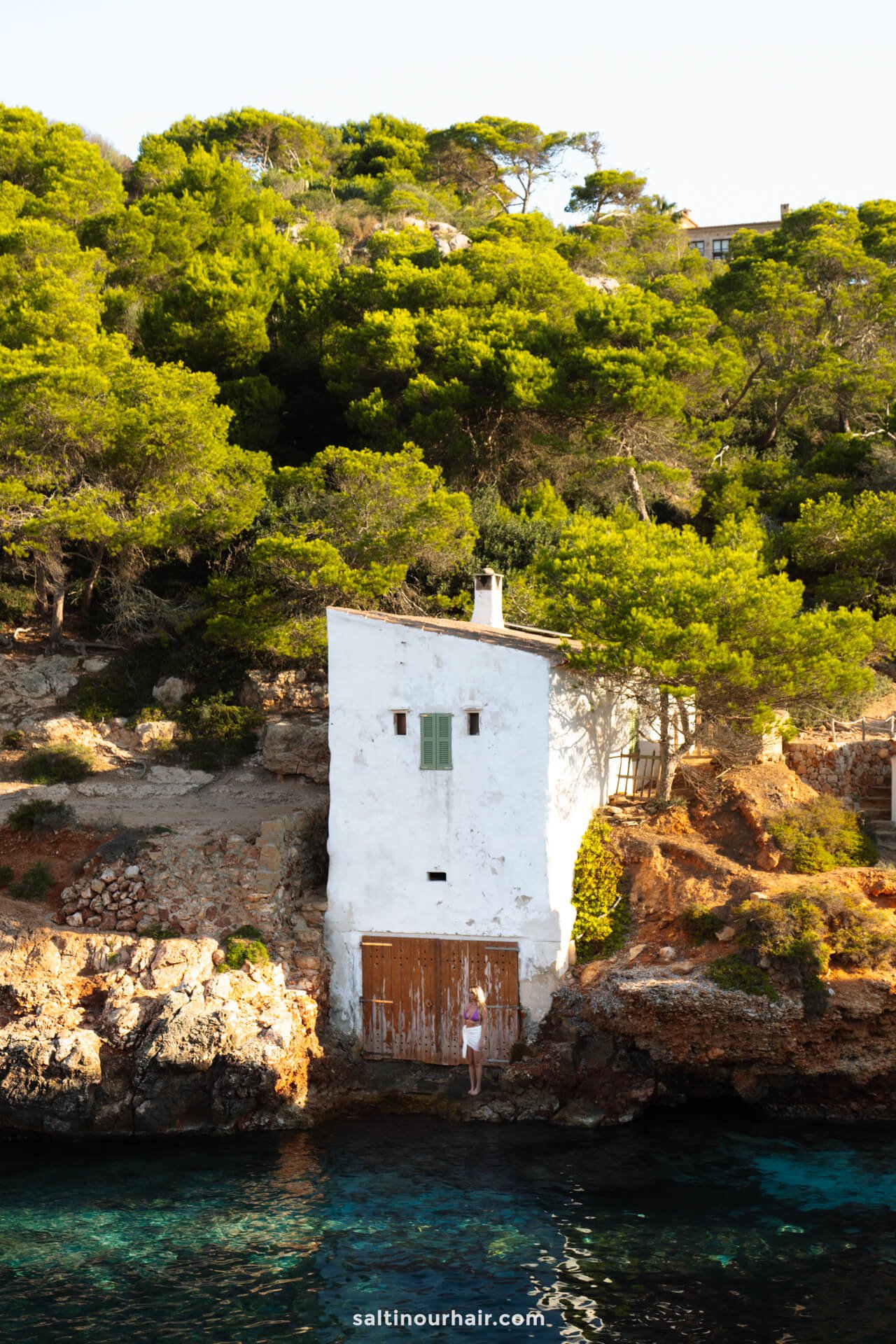




Looking for more travel information? Plan a chat with us for personalised travel advice or get an answer from the Salt in our Hair Travel Community on Facebook.